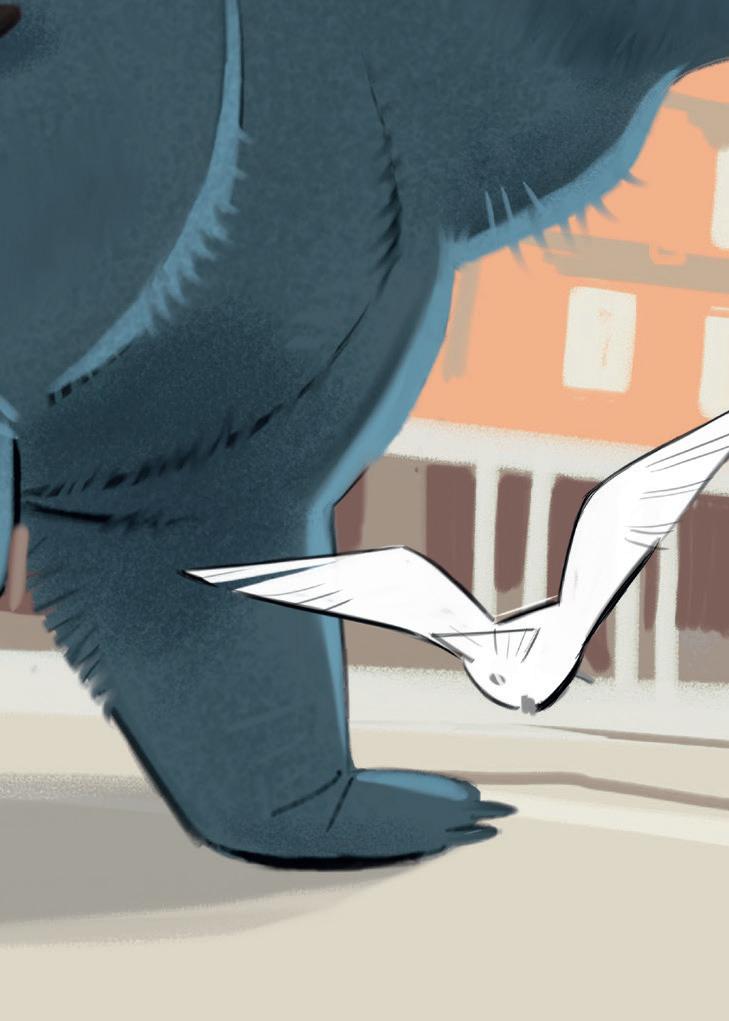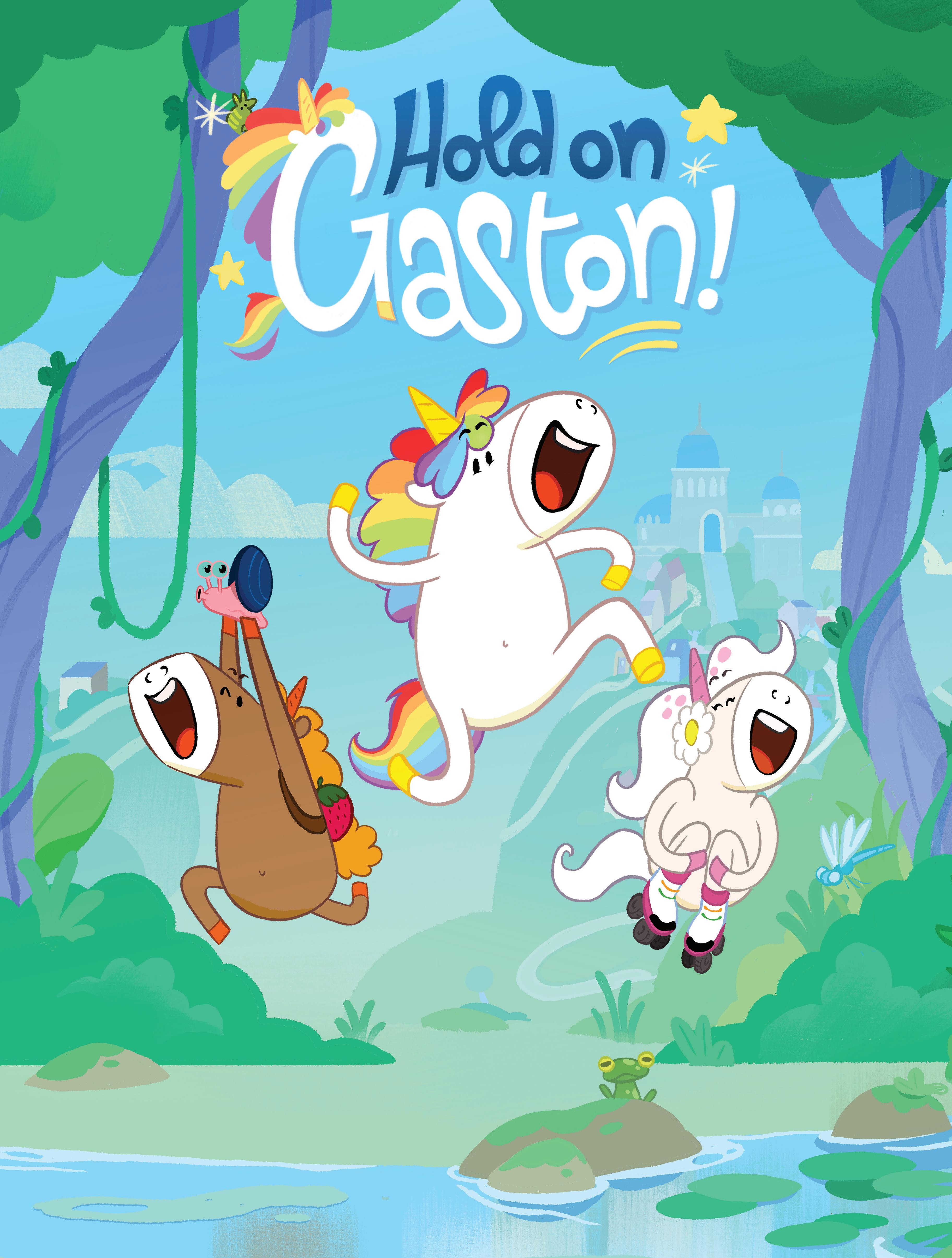
























Rai backs linear by opening new content slot


PLUS: How far can kids’ use of vertical content rise? UK animation’s parliamentary inquiry hopes
21 shows not to be missed at MipJunior



















































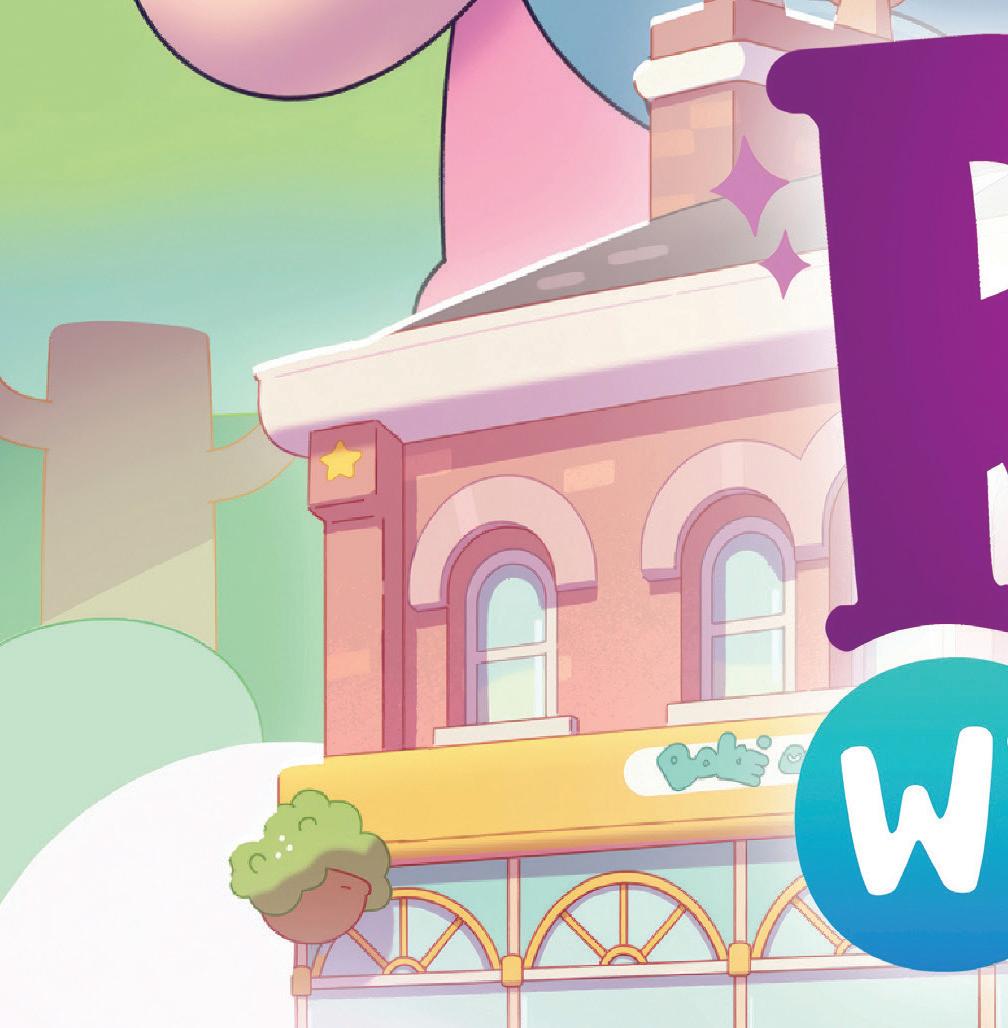













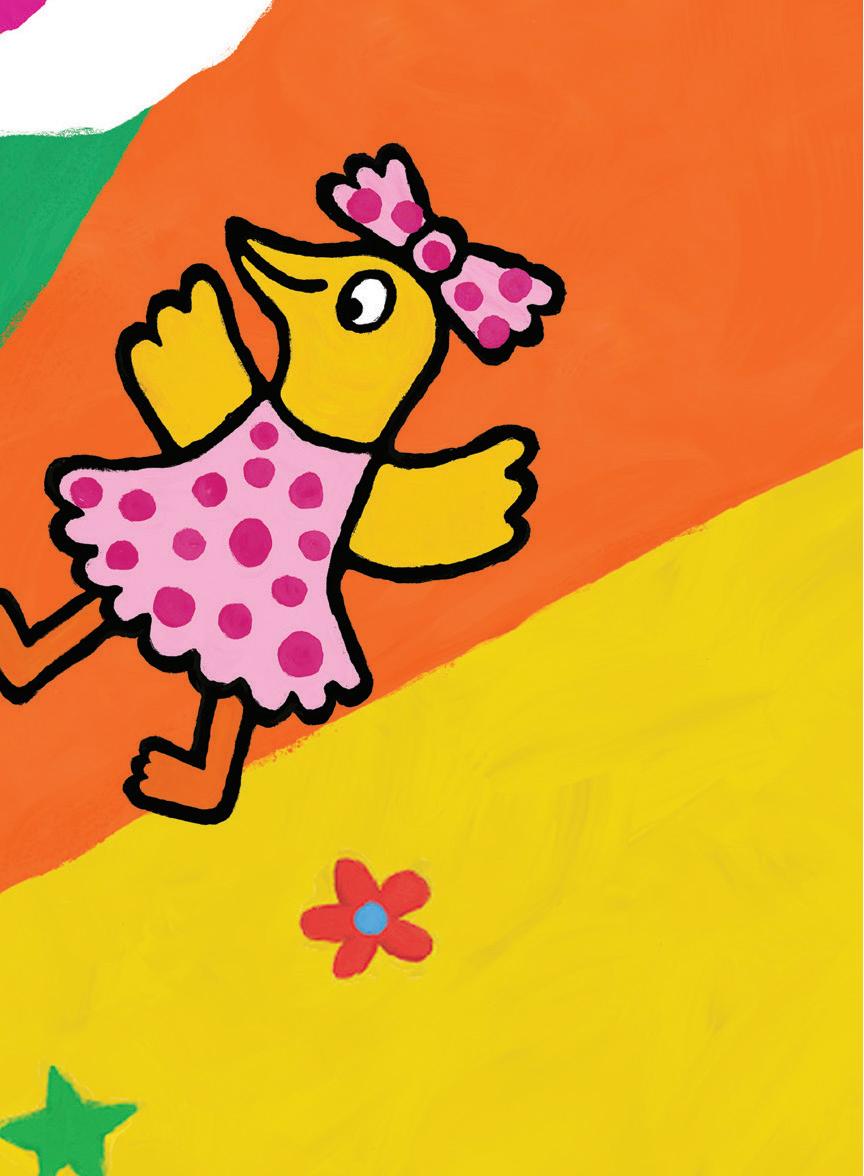
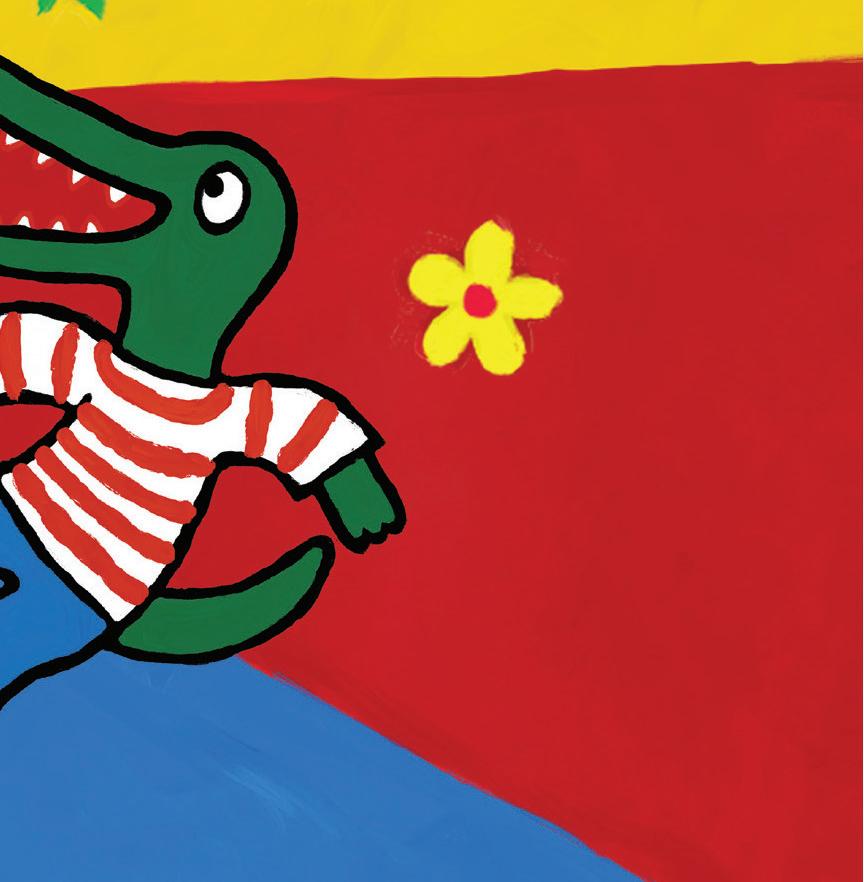



























Rai backs linear by opening new content slot


PLUS: How far can kids’ use of vertical content rise? UK animation’s parliamentary inquiry hopes
21 shows not to be missed at MipJunior




































































The global kids’ content industry is in a crisis. Children are defecting from legacy broadcasting to YouTube and other social video platforms, where they are being fed lowquality, potentially harmful content that fails to meet the public service standards of the traditional broadcasters.
Meanwhile, there has been a worldwide drop in commissioning as the major streamers pull back on kids’ content and the wider industry continues to feel the effects of the economic slowdown.
In the UK, the children’s sector suffered a huge blow over the summer when Sky Kids announced its intention to stop commissioning in favour of focusing solely on acquisitions. The loss of this major commissioner will have harsh consequences for the production industry, which is already feeling the pinch, and with one fewer commissioner to rely on there could soon be more stories of companies collapsing following the demise of animation studios including Jellyfish Pictures earlier this year.
the industry should do and how the UK should step up to be a force for change.

Also in this issue (page 30), industry veteran Nick Wilson shares an extract from his recently released book When Will You Get a Proper Job?, which delves into how the production landscape has evolved over his 45-year career and where it might be heading. As kids spend more time on social media and watching content on handheld devices, and are also getting their own smartphones at a younger age, we examine the trend for vertical programming, its place in the world of content and how far it can go amid concerns about smartphone usage among kids (page 17).
In Italy, Rai Ragazzi’s new director, Roberto Genovesi, who succeeded Luca Milano in April, discusses why linear channels will remain an important part of the broadcaster’s multi-platform strategy, following the launch of a dedicated preschool linear block on Rai2 (page 13).
But it’s not all doom and gloom. In a bid to find a solution to the woes of the kids’ sector, the UK parliament’s Culture, Media and Sport (CMS) Committee has launched an inquiry to examine what can be done to ensure young viewers still have access to high-quality British-made programming, and how those making it can continue to get it in front of audiences.
On page 7, we hear from those at the forefront of animation production in the UK about their expectations of the inquiry, suggestions about what


At a time when companies are tightening their purse strings and seriously rethinking what markets they attend, there may be fewer people strolling down the Croisette at this year’s MipJunior. But nonetheless, producers and distributors will be pitching away as usual, so on page 23 we select 21 of the best new shows to look out for in Cannes. Times are hard but the children’s content industry remains a place of hope and optimism. And if that community can work with governments to bring about meaningful change, all need not be lost.
7 13 17 23 30
COUNTRYFILE: UK animation
The UK parliament’s inquiry into children’s TV and video content must encourage the government to find a solution to the crisis in kids’ media, according to animation execs taking part in a roundtable hosted by C21.
CONTENT STRATEGIES: Rai Ragazzi
The Italian PSB has come out fighting with the launch of a new preschool slot to feed a growing linear audience, and is seeking Italy’s next big hit by doubling down on original formats with built-in multi-media potential and a revised European coproduction strategy.
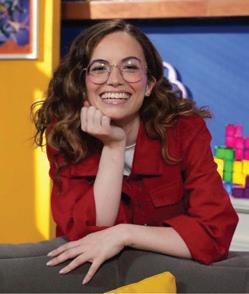
AHEAD OF THE CURVE: Vertical content
As the content industry looks to go where younger viewers are hanging out, C21 investigates how vertical content is on the up, but asks how far it can go when alarm bells are ringing about smartphone usage among children.
NEXT BIG THINGS: 21 on 21
C21 highlights 21 new shows for buyers to consider at this year’s MipJunior, from coming-of-age dramas to preschool animation, IP adaptations – and lots of animals.
KIDSTALK: Nick Wilson
Karolina Kaminska
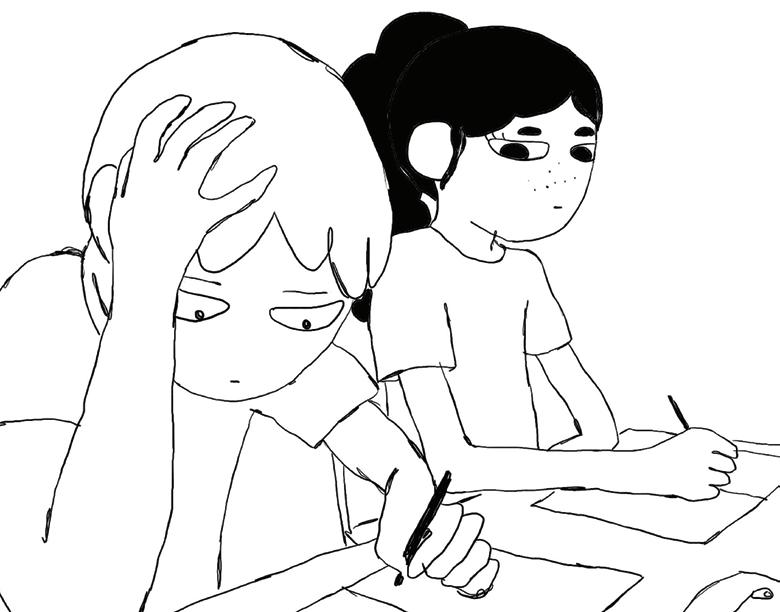
17
In an extract from his book When Will You Get a Proper Job?, UK kids’ TV veteran Nick Wilson looks at how the production landscape has evolved during his career and asks where the sector might be going in an era of ‘disposable TV.’

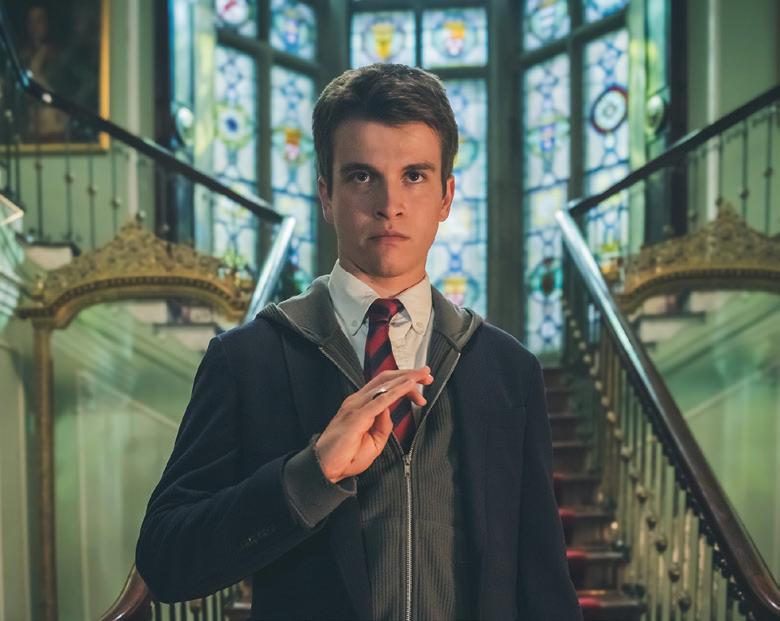

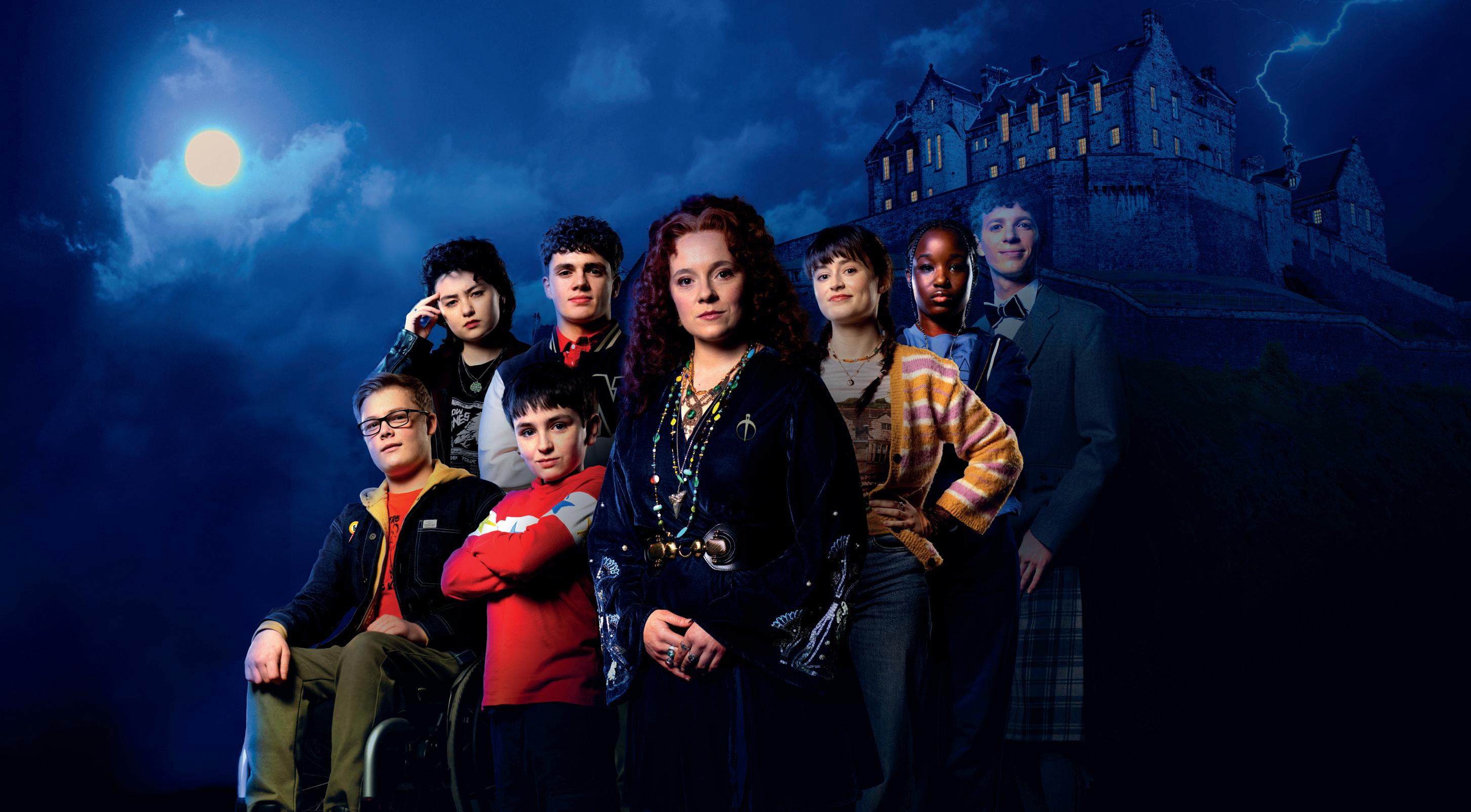



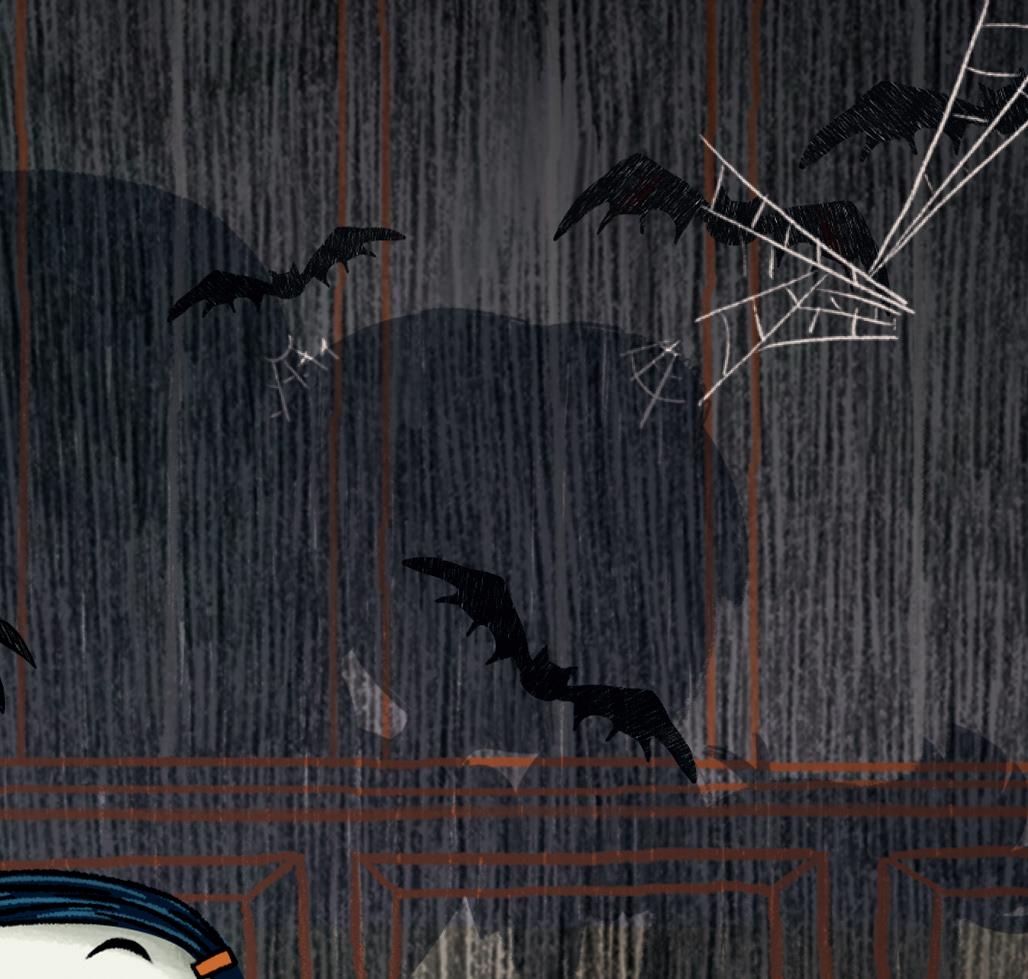
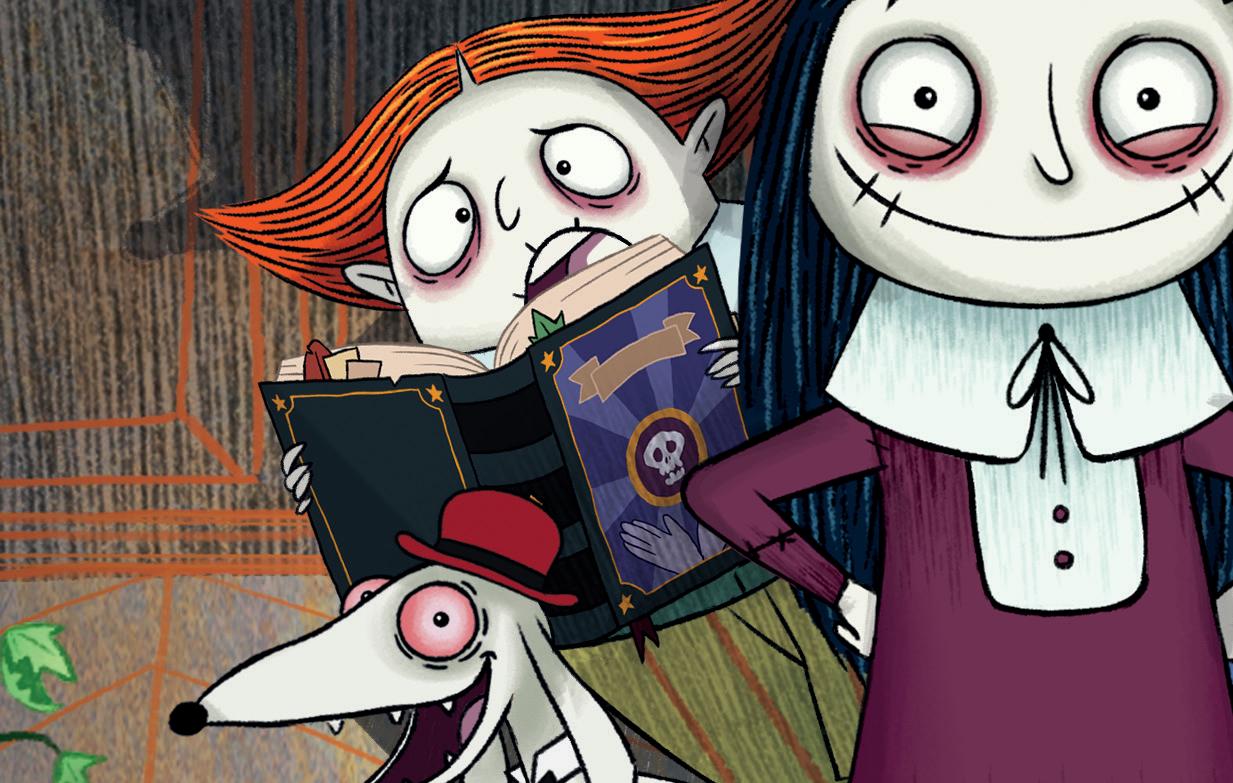
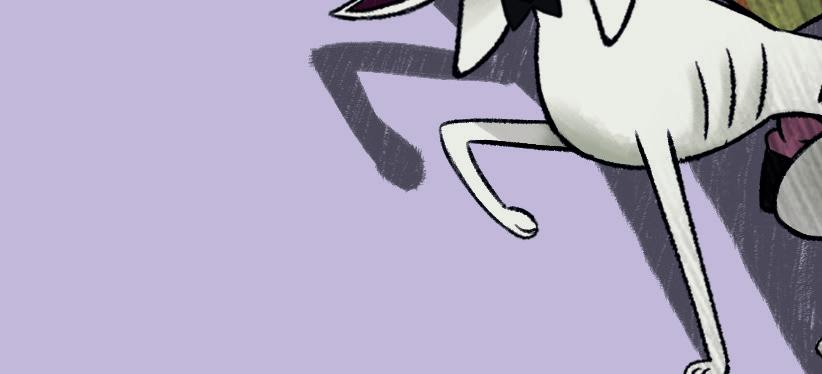










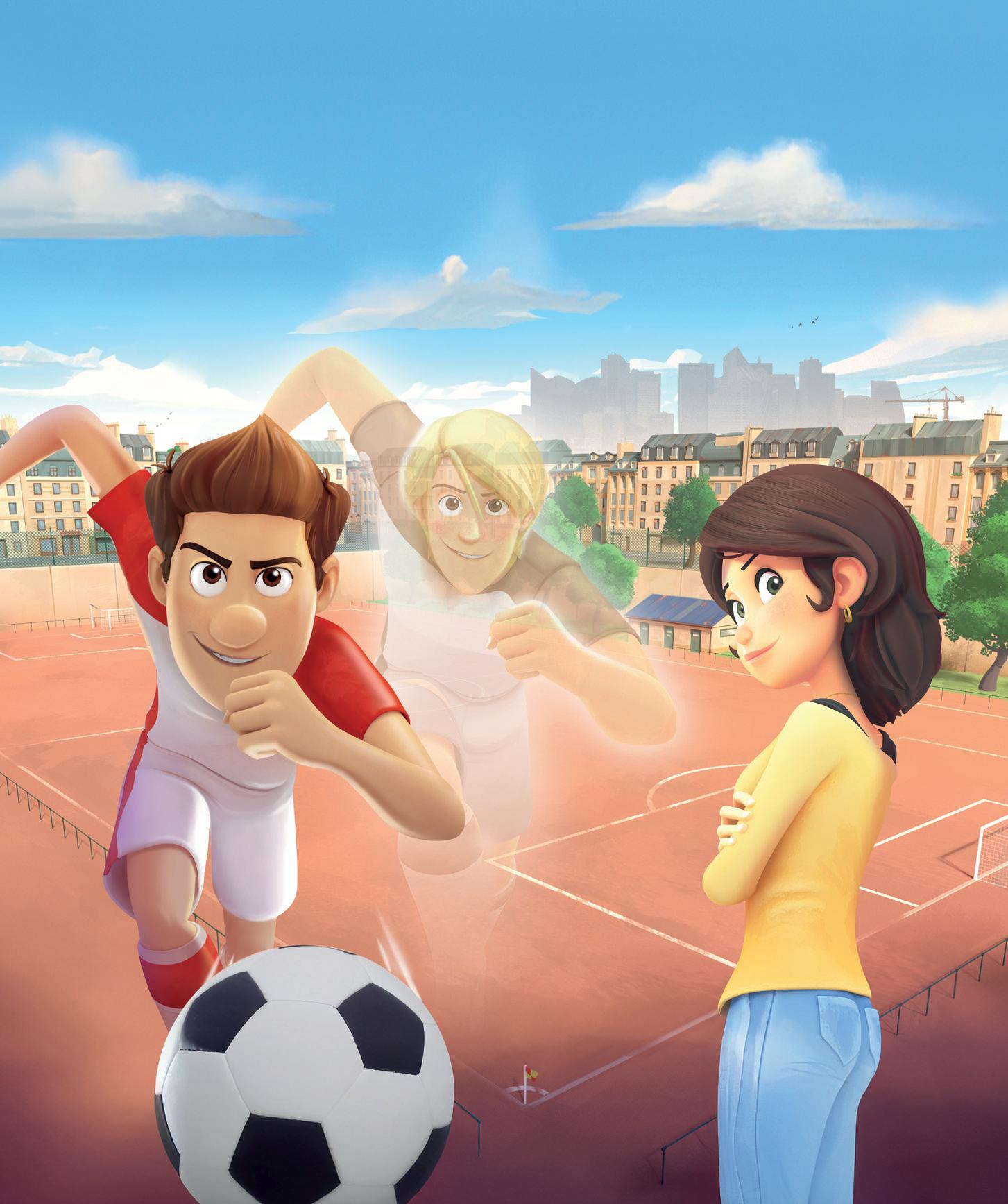



Over the summer, the UK parliament’s Culture, Media and Sport (CMS) Committee launched an inquiry into the children’s TV and video content sector, to investigate how young viewers can continue to access high-quality locally made programming as they defect from traditional broadcasting to YouTube and social media.
The inquiry, which is still under way, presents an opportunity to persuade the government to enforce a solution that will ensure those making original quality content for kids can continue and that such content can be found more easily online.
“This should not be an opportunity for us to all say what we’re [already] saying, ‘This bit’s broken’ or ‘This doesn’t work’ or ‘This algorithm is wrong.’ This should be the opportunity for us to go in and say, ‘These are the issues. Here are some of our ideas. You need to solve this.’ And for the government to actively approach how they are going to solve it,” says Oli Hyatt, MD of Numberblocks and Mojo Swoptops producer Blue Zoo.
“It will take money, it will take smart thinking and it will take them to acknowledge the importance that media plays in a child’s life. Children are on screens so much that it’s probably directly influencing how their brains are set up and also where they get their news, where they get their facts from and just their entire lives. It’s reached a point now where, before it really is too late, we need to put some guardrails in. We need to put funding into it. My hope is that something transformational and really good will come out of it for all children.”
As kids continue migrating to YouTube, the sector is also



The UK parliament’s ongoing inquiry into children’s TV and video content must encourage the government to find a solution to the crisis in the kids’ media sector, according to animation execs taking part in a roundtable hosted by C21. By Karolina Kaminska




being hit by a downturn in commissioning, caused by the major SVoDs reducing their focus on kids’ content and original programming and the global economic slump that has hit the wider TV industry.
“It’s quite clear the streamers, and essentially Netflix, have won the [viewing] war [for all content], closely followed by Disney. They’re basically chasing profitability, versus a few years ago where everybody was chasing subscribers. And if you’re chasing profitability, you look at the cheapest option, which is licensing library or commissioning existing IP,” says Sean Clarke, MD of Wallace & Gromit prodco Aardman.
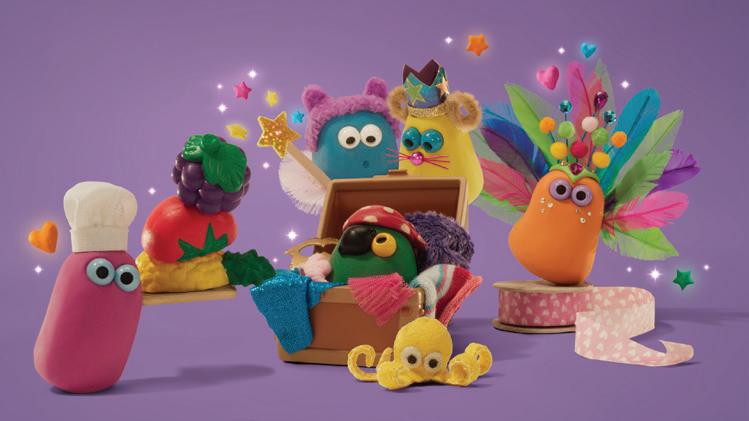
“Children don’t buy the streaming services, children don’t buy the licence fee –adults buy the licence fee. So who do they need to appeal to to get them to buy the licences? They need to appeal to the adults. So are they going to commission big-ticket children’s programming or are they going to commission The Handmaid’s Tale? They’re going to commission the adult things, so no-one is thinking about it from a child’s perspective.”
In July, the crisis was compounded even further by Sky Kids’ decision to stop commissioning altogether, leading to the loss of a major source of income for UK producers who now feel they can only rely on the overstretched BBC

“ This should be the opportunity for us to go in and say, ‘These are the issues. Here are some of our ideas. You need to solve this.’ And for the government to actively approach how they are going to solve it.
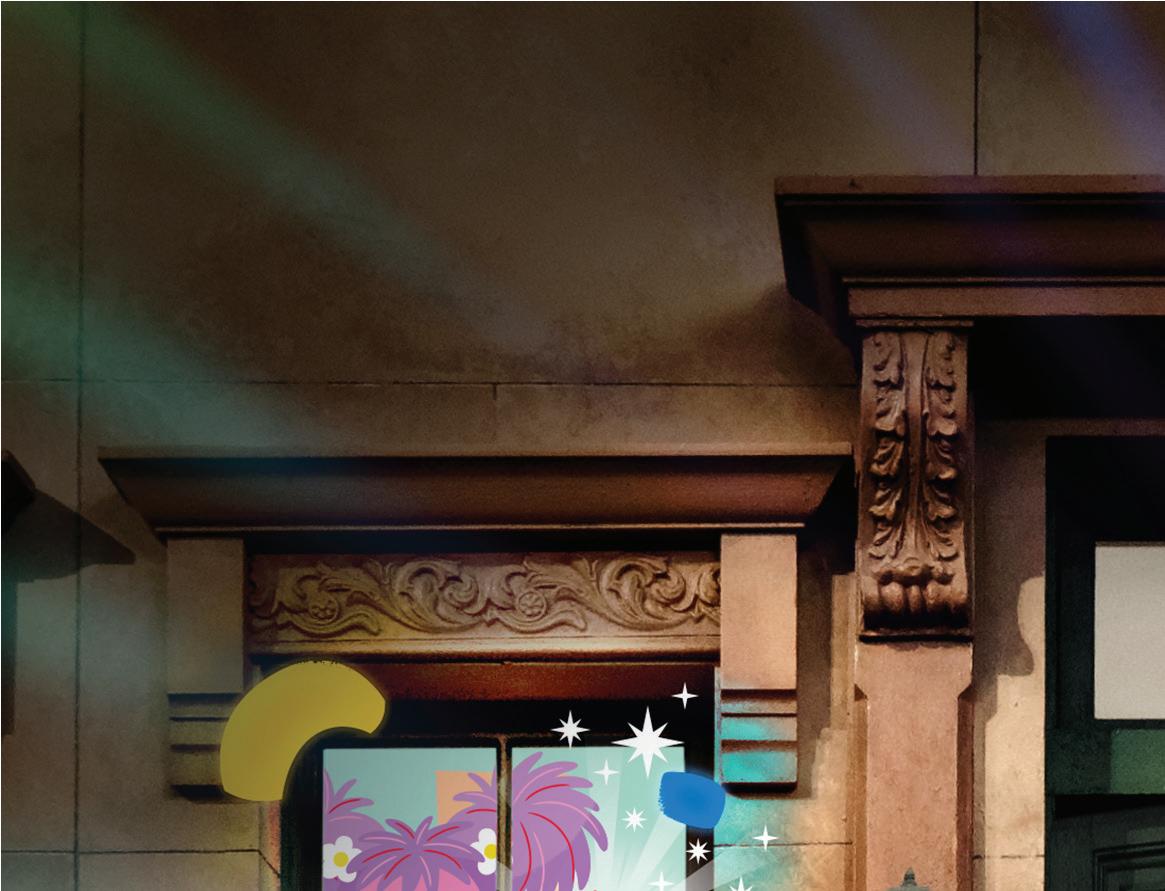

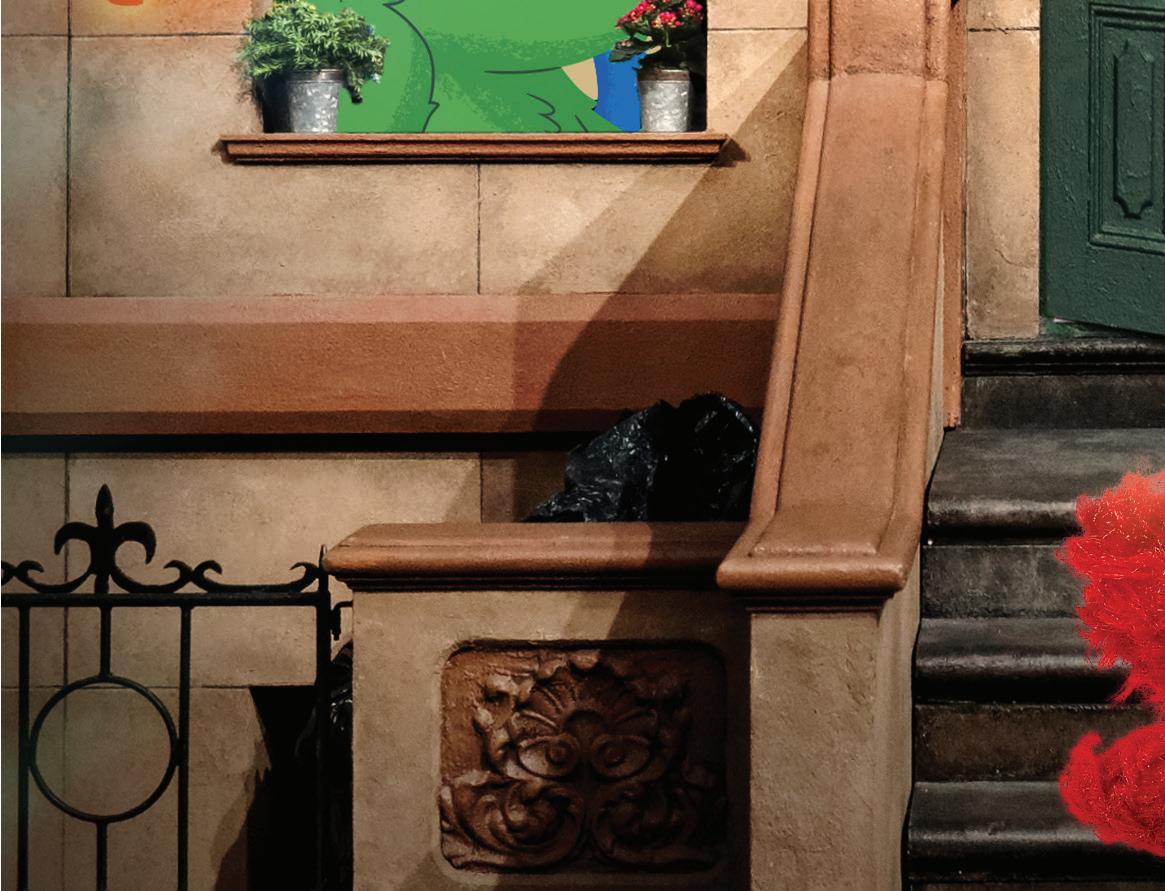




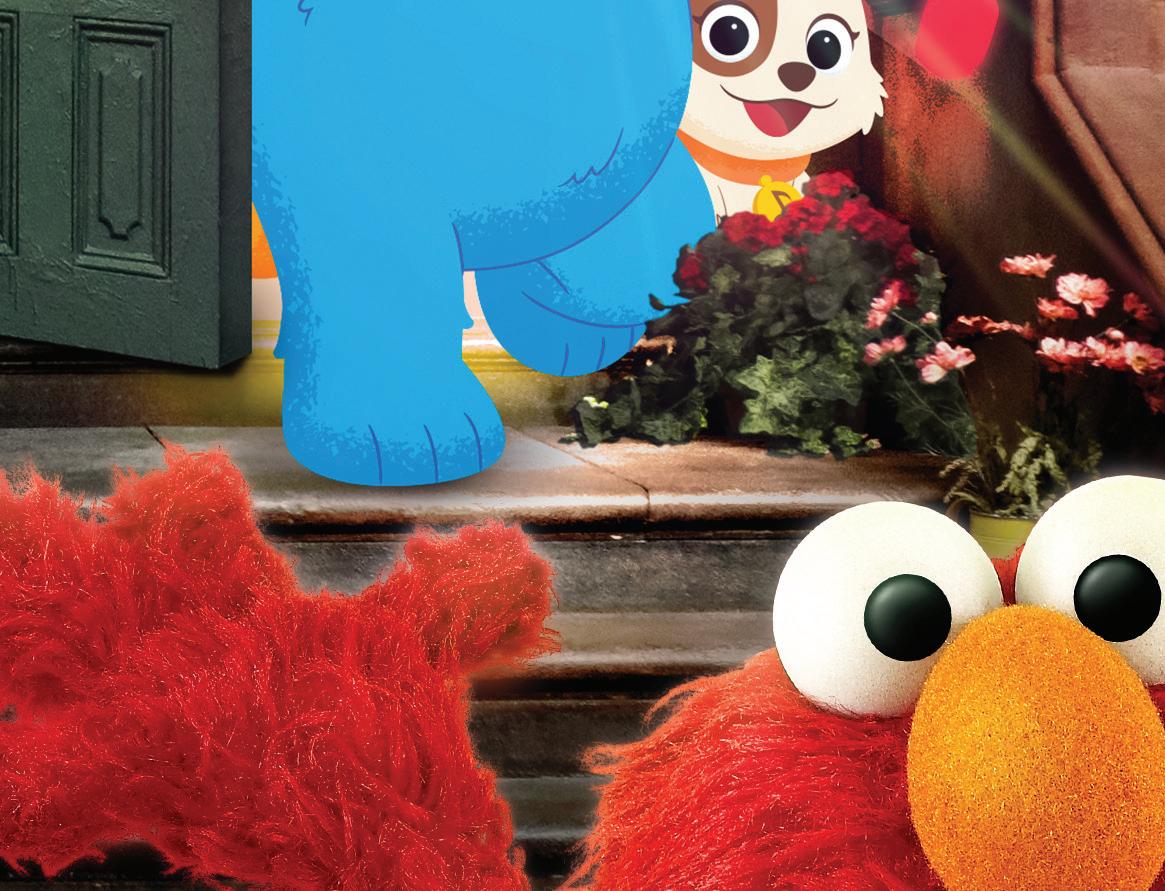
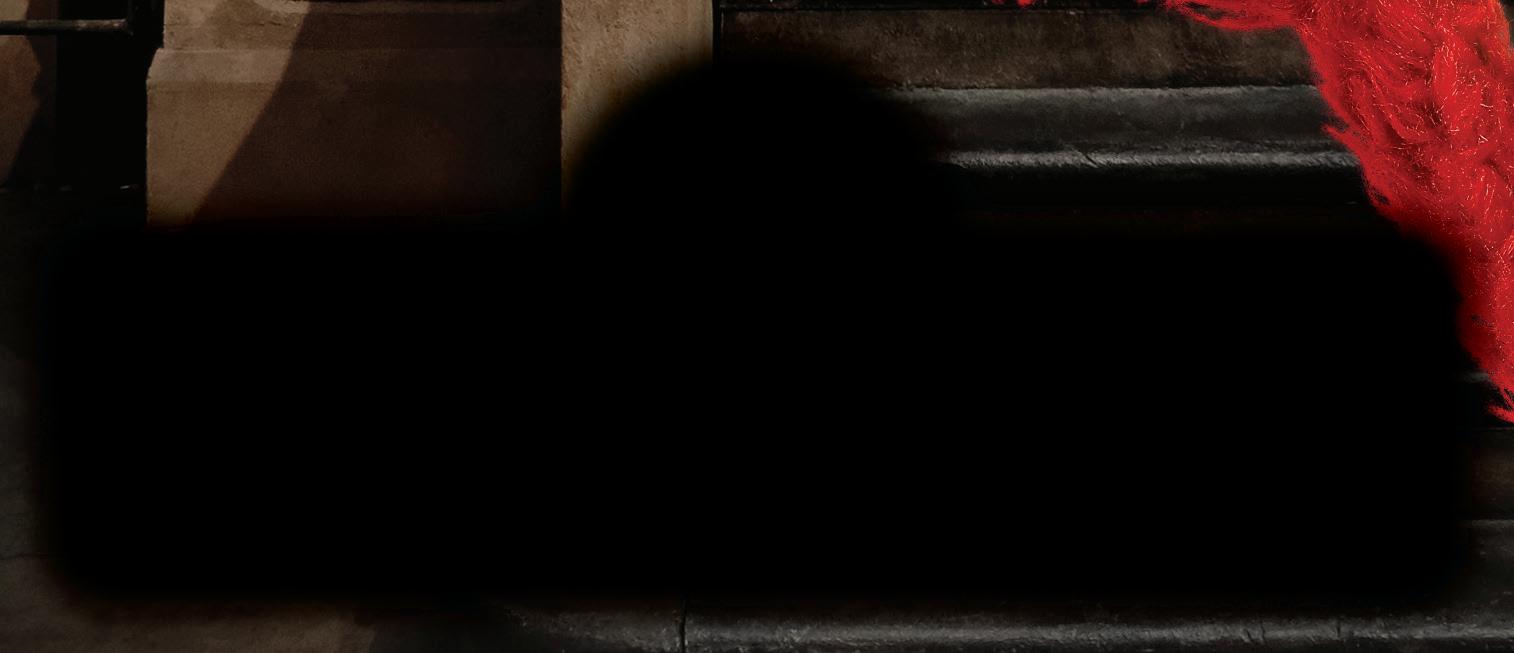
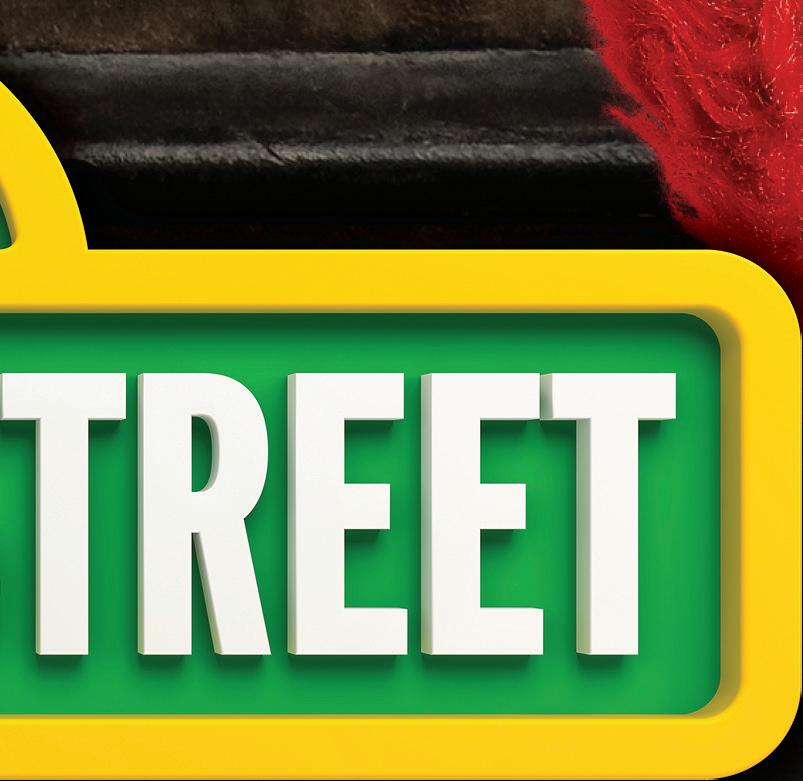







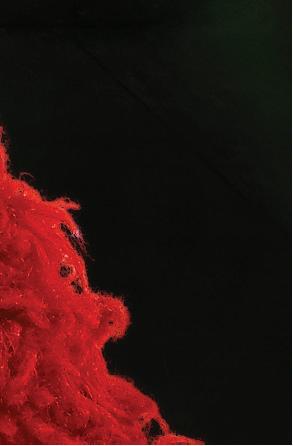

Children’s and Paramount-owned 5’s preschool strand Milkshake!
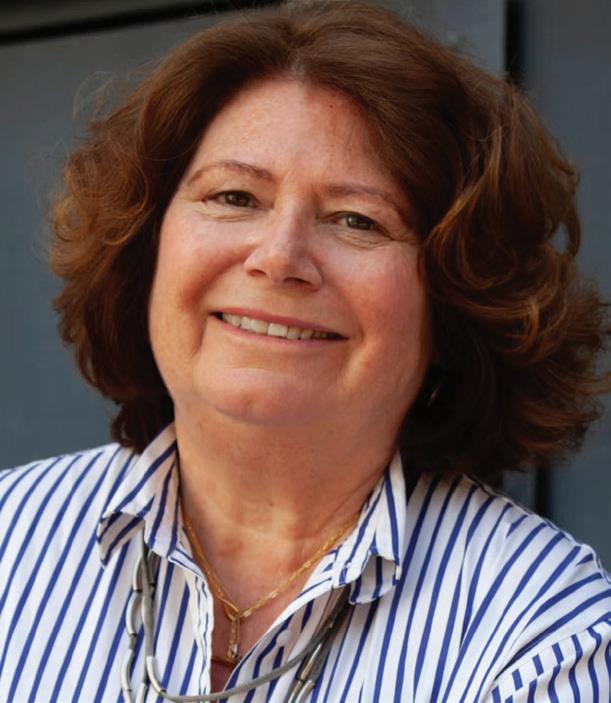
“[Sky Kids’ decision] is a huge blow,” says Sueann Rochester, CEO of Wild Child Animation in Scotland, whose credits include The Brilliant World of Tom Gates. “They were so children-focused, that team was so brave in the content they commissioned, there were so many originals. You watch that channel and the content is so diverse, fresh and exciting. There needs to be another Sky Kids. If they don’t commission content, there needs to be somewhere else for that type of content to live.”



















and the things they were up against
“We do need another Sky; we need several other Skys,” Hyatt adds. “It was a huge blow, but it wasn’t a shock if you look at their finances and the things they were up against from their business model. It’s a huge disappointment.

“If you leave it just to the BBC, they’ve been cut and cut and cut and cut, so you can’t do that anymore either. They do as much as they can, but they have been internally cut and there isn’t anyone else really putting enough money in.
YouTube doesn’t put any money in and Netflix takes all your rights.”
For Aardman’s Clarke, it’s less about replacing Sky Kids specifically and more about replacing the money it provided in an industry where brand-building is becoming crucial to the success of an IP.




“I loved working with the Sky team but what we need to replace is their money. You can’t build a brand off the Sky platform, so it’s how we replace the money. We had a great show on Sky called Very Small Creatures; everyone who watched it loved it, but I couldn’t build a brand because it wasn’t a big enough platform.
So, essentially, when we say we need to replace Sky, we need to replace that money to be able to build a brand differently,” Clarke says.
To address the animation sector’s funding challenges, Britt Gardiner, chief operating officer at London-based Locksmith Animation, the prodco behind 2021 feature film Ron’s Gone Wrong, suggests a new model through which investors could invest in slates of content rather than single projects, therefore spreading their risk. The exec also advocates funding via private-public partnerships.
“Animation takes a long time and it’s very difficult for investors because they have to put their money in so early,” she says. “If you’re a private investor, [a potential solution could be] you don’t just invest in one thing, you invest in a slate of things. I could see an opportunity for the type of funding that we get to be remodeled, so it goes across a variety of projects in different companies and then the returns come back to the funds.
“There are ways the funds we get access to could be
“ There are ways the funds we get access to could be more creatively positioned for animation. It’s just such a long timeframe but the potential upside in success can be huge.
Britt Gardiner
Locksmith Animation
more creatively positioned for animation. It’s just such a long timeframe but the potential upside in success can be huge and create a big studio with long tail ends of revenue with lots of opportunities for employment and expansion.”
Noting that Hollywood studios like Warner Bros will “invest in 10 films on the basis that one will be a hit,” Clarke adds: “You can invest in a tech fund which spreads its risk across a number of tech companies. There should be a creator fund for exactly that point. If it’s a hit, it’s a big hit.”
The animation sector’s financing woes have led to the closure of multiple studios globally in the last couple of years, including, earlier this year, Jellyfish Pictures in the UK.
“It’s really tricky, especially for smaller indies at the moment; it’s really a case of survival. And unfortunately, when you’re going into survival [mode], that affects development, it affects what you’re able to do in the background,” says Richard Gordon, MD of Beddybyes prodco Jam Media’s Belfast operations.
“Indies are very cash-orientated; we operate on cash. A lot of us are project to project, so when you start, when you’re starting to think about cash issues or you’re looking at bank loans, you’re also looking at your talent and [whether] you are able to keep your talent. Are you able to keep developing good content? There’s a lot of stress that comes with it.”
At Wild Child, the prodco operates as both a service studio and a producer of originals, with money from the former typically being used to finance the latter. But Rochester points out that that strategy is no longer working as there isn’t enough disposable income from the service side to pay for development.

“It’s almost like our strategy changes every few months at the moment and we’re constantly remodeling what the next year looks like. It’s a mixture of excitement and fear. We’re being much more creative and much more agile than we would have been in the past. Our teams are much more generic, so they’re moving around, they’re learning new skills. We’re using technology in a way that we maybe never have before. I’m much more open to changing our pipeline and evolving. A lot of it is about making sure we navigate through so we’re still here to do the next project when it lands,” Rochester says.
Meanwhile, regional funding from Screen Scotland, on which the exec says Wild Child relies heavily, doesn’t fit the new models of the digital world. “It’s not platform-agnostic; you have to come with a broadcaster, you have to have a distributor. We need to be able to develop content for YouTube or other platforms and that’s the bit that’s really tricky. We’re not able to fit everything in the old-school box,” Rochester says.

and competitive tax credits. But the execs fear that a tough industry climate will force that talent to leave the business.
Having a presence on YouTube is critical for an IP to become a hit these days, but producers are struggling to make content for the platform without the relevant funding in place. On top of this, content from those producers that does make it on to the platform can easily be lost to the algorithms that pigeonhole young viewers into specific, potentially harmful topics.
It is therefore becoming increasingly difficult for highquality, culturally relevant content to break through, leading to conversations about whether YouTube should be made to fund public service programming. It’s a controversial topic though and one YouTube would do everything in its power to avoid.
“On a global platform like YouTube, which is centred on the US, for me, the carrot is better than the stick. Because if we start to try and implement something on a UK level, they will just serve US content even more. And with the current Trump administration, it’s a red rag to a bull,” says Aardman’s Clarke.
Instead, the execs suggest focusing on prominence and providing a way for UK public service content to be found more easily. Locksmith’s Gardiner proposes having “YouTube dedicated ‘best of British’ websites, where perhaps anything that has been made by a public sector broadcaster or public sector media is easily findable and there’s a hub where you can go.”
Blue Zoo’s Hyatt adds: “On any platform serving kids in the UK, maybe there should be one thumbnail, one thing that top-shelves UK content, preferably public service content, something we know is good for children, just so they’ve got a chance to see something different.





“We’re trying to create an industry for artists and people to come into. That exciting talent, they exist, but if there aren’t roles for them here they drift elsewhere or they go into other industries. That’s a big fear,” says Jam Media’s Gordon.
Aardman’s Clarke adds: “We’ve got the very best talent in the world. But unless we do address [the industry’s issues] they’re all going to leave because they need to earn a living.”
If the funding and YouTube issues can be cracked, Clarke sees a world where producers can start going direct to the consumer with their content, without the need to rely on a broadcaster or traditional sources of financing that no longer suit digital business models.
“If we can get the funding models right, it’s a huge opportunity for an independent producer to talk directly with their audience and nurture that audience. The lack of certainty comes from these middlemen that keep changing – new execs come in or they get acquired – and you have to rely on them for financing. If we can look at different models, if we can look at private investment coming in alongside public investment, we’re very happy to cut the middlemen out and deal directly with our audience, all over the world.
“There is a conversation with YouTube around how we get the best of the algorithm, serving the best-quality content versus the highest quantity of content. These are the things we have to get in order, but I am incredibly optimistic about the opportunity of building a direct relationship with our audience.”



“to educate themselves, they could go on trouble is, they’re not finding that content;


“YouTube has got everything my child will ever need and more. If they wanted to educate themselves, they could go on YouTube and educate themselves. The trouble is, they’re not finding that content; that’s not what they’re being delivered. So the question from me to YouTube is, ‘How do you deliver that to my child? How do you deliver something that is going to be meaningful to improving their lives and improving the world?’”


The UK benefits from having one of the most successful animation sectors in the world, with a wealth of talent


with our audience.”
The parliamentary inquiry is the first step
The parliamentary inquiry is the first step on the road to finding a solution. And for Hyatt, it offers an opportunity for the UK to lead the way in putting an end to a global crisis affecting children all over the world.
It’s really tricky, especially for smaller indies at the moment; it’s really a case of survival. And unfortunately, when you’re going into survival [mode], that a ects development, it a ects what you’re able to do in the background.
Richard Gordon Jam Media
“YouTube has a lot of power. And with a lot of power comes a lot of responsibility. Everyone’s got to up their game. It’s got from the UK. With the government review,

“YouTube has a lot of power. And with a lot of power comes a lot of responsibility. Everyone’s got to up their game. It’s got to be transformational and that can start from the UK. With the government review, I definitely urge them [the UK government]: why don’t we become world leaders in this and set the tone [for the rest of the world]? This is important and this is important for our
Sean Clarke, Aardman




tone kids.”
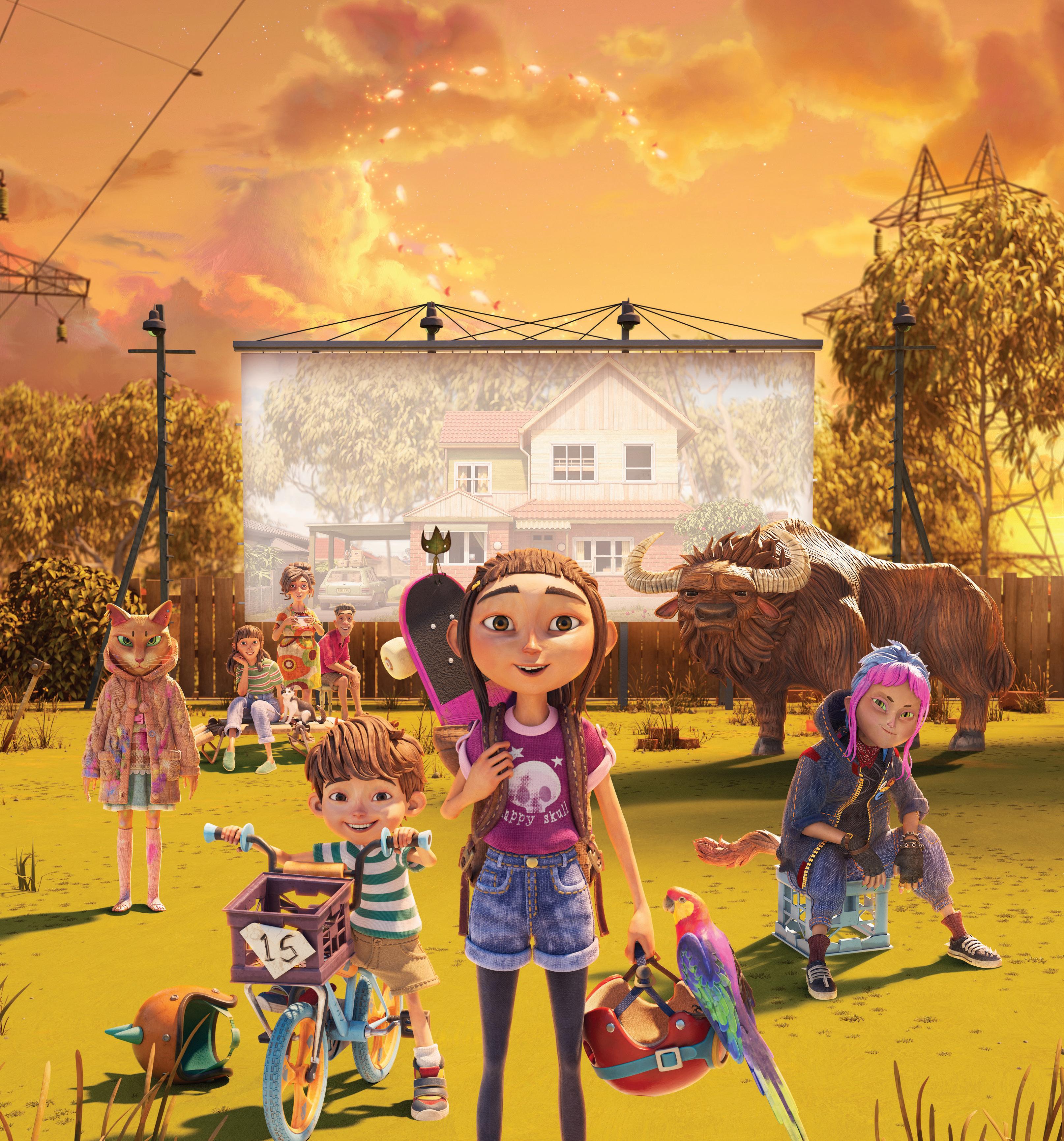









TRai Ragazzi has come out fighting with the launch of a new preschool slot to feed a growing linear audience, and is seeking Italy’s next big hit by doubling down on original formats with built-in multi-media potential and a revised European coproduction strategy. By

easing a major shake-up in Rai Ragazzi (Rai Kids)’s content strategy earlier this year, incoming boss Roberto Genovesi promised significant changes at the Italian public broadcaster as it seeks to futureproof its position in the media landscape, both as a trusted destination for Italian children and as a pivotal partner for Italy’s local production sector and international players.
Speaking exclusively to C21, Genovesi, who became director of Rai Ragazzi in April, succeeding Luca Milano, revealed more about his strategy and what Rai Kids is now prioritising.
“The new Rai Kids strategy focuses on bringing a fresh approach to public service broadcasting in Italy, both in terms of content and distribution, while maintaining its mission to provide highquality educational content for all ages of children and supporting first the Italian and then the European industry,” he says.
slot on generalist channel Rai2, a move Genovesi hinted at in June at Cartoons on the Bay.
Leading the slot is the new daily studio-based show On Ari, targeting children and co-viewing adults from 06.50 to 07.45. Presented by digital creator Arianna Craviotto, aka Ari, with an AI sidekick called BIP, the show o ers a mix of entertaining challenges, sketches, games and interviews, interspersed with a range of local and
Gün Akyuz
acquired animated shows, kicking o with The Smurfs, Peanuts and Winx Club
Genovesi says the opportunity for a new dedicated linear preschool morning strand on Rai2 is down to the “continued strength of linear viewing among preschoolers and younger children, alongside strong growth in digital engagement with older kids and tweens on RaiPlay and social platforms.”





“This means redefining the targets of our two channels to create a o considering their needs

“This means redefining the targets of our two channels to create a comprehensive o ering that includes tweens and teens, considering their needs and interests.”













with linear preschool Yoyo. it and a


Genovesi’s division aims for under-sevens with linear preschool channel Rai Yoyo and for older kids with sibling Rai Gulp, as well as through RaiPlay and a dedicated app, RaiPlay Yoyo. On September 15 it launched a new preschool

ids have more options than ever before and their attention is fleeting. They tend to choose familiar brands and content, leaving little room for discovery. That is why we believe linear broadcasting must remain part of our strategy.












The new linear slot is “a milestone for children’s television in Italy: after a decade, animation and kids’ content have returned to a generalist channel. Audience results show a renewed and growing interest in this type of consumption, which remains safe and reliable for kids and families. We are adopting a total audience model: traditional measurements remain important, but we are also focusing on digital behaviours.”











Genovesi. “Kids have more options than ever before and their attention is fleeting. They tend to choose familiar brands and content, leaving little room for discovery. That is why we believe linear broadcasting must remain part of our strategy. Another challenge is relevance: children must see themselves as protagonists, not passive viewers. That is why we focus on archetypes, empathy and authentic
The biggest challenge facing Rai and its European counterparts is fragmentation, observes Genovesi. “Kids have more options than ever before and their attention is fleeting. They tend to choose familiar brands and content, leaving little room for discovery. That is why we believe linear broadcasting must remain part of our strategy. Another challenge is relevance: children must see themselves as protagonists, not passive viewers. That is why we focus on archetypes, empathy and authentic voices.”









Following a reassessment of Rai Kids’ content priorities across animation and live-action, conceived

Following a reassessment of Rai Kids’ content priorities across animation and live-action, there will be a greater emphasis on multiplatform projects. “We are asking producers to develop projects that are transmedia at the early development [stage] – stories conceived from the start to live across linear television, digital platforms, social media and also possibly

publishing and video games, while also interacting with the licensing and merchandising ecosystem,” explains Genovesi.
A particular goal within this is more Italian stories of global standard and international coproduction potential.
“We are focusing our investment in original formats and coproductions with Italian and European partners. Our mission is that the next big hit for the market will come from Italy, and we are encouraging producers and creators in this direction. To achieve this goal, the quality of Italian storytelling and animation must rise to the highest potential and global standards,” he says.
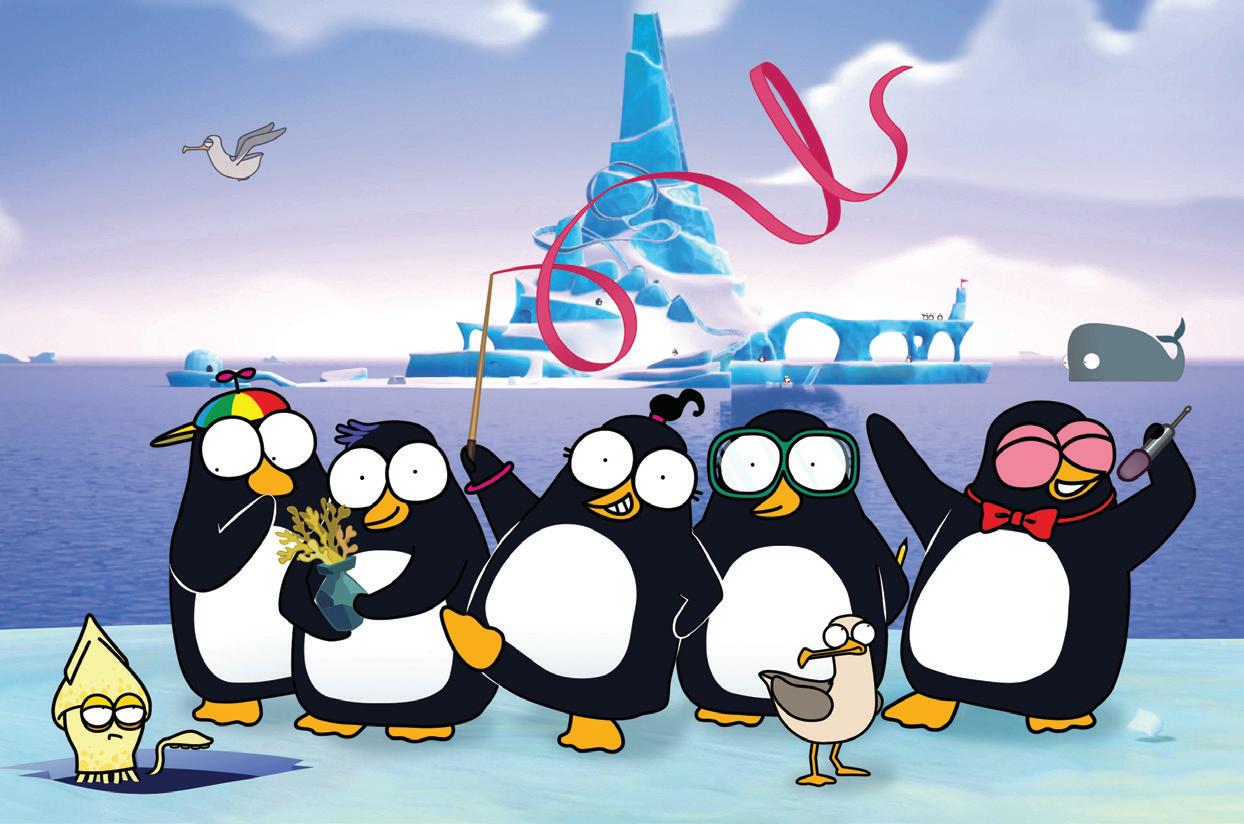
Like its European counterparts, Rai has been affected by the funding crisis in the kids’ animation industry, with Genovesi seeking to address this while maintaining Rai’s role as the leading local investor in the genre.
“As the largest commissioner of animation in Italy, we feel this situation directly,” he says. “Our investment must focus on high-quality content and valuable coproduction partnerships. Public funding should not be wasted on projects without the potential to travel beyond national borders, because this weakens the entire industry. It is essential to keep the ecosystem healthy.”
In particular, Genovesi says: “We want Italian producers to be involved not only financially but also creatively. Our industry has been expanding in recent years, with many companies increasing both their studio capacity and creative capabilities. Now European partners should seek Italian studios at international markets and events and approach us either through or with them.”
Rai has backed no fewer than 50 productions and 41 different Italian prodcos through its kids’ services this year and last. Twenty-three of those projects are international copros, including Piripenguins from the UK’s Eaglet Films, Italy’s Red Monk Studios and Scotland-based Wild Child Animation for the BBC and Rai. Froglets – another project involving Eaglet and Italian prodco Pesci Combattenti – is currently in the works.
Copros launching this fall on Rai include 2D animated series Mortina (52x12’), aimed at a core demo of five- to eight-year-olds. Commissioned by Rai Kids and RTÉ, the series is produced by
Italy’s Cartobaleno and Dublin-based Treehouse Republic.
Genovesi intends to build on the fact Europe’s public broadcasters are natural partners for Rai due to their shared common mission and values.
“My goal is to tighten those relationships and increase the frequency of conversations with my colleagues across Europe. Several have already
“
Our industry has been expanding in recent years, with many companies increasing both their studio capacity and creative capabilities. Now European partners should seek Italian studios at international markets and events and approach us either through or with them.
Roberto Genovesi Rai Ragazzi
expressed their interest in supporting each other more systematically.”
Genovesi’s priorities for animation projects targeting preschool audiences are comedy and discovery-based worlds, while for older children, they are adventure and comedy with strong archetypal storytelling.
“For preschoolers, we will continue to commission series with strong characters and co-viewing appeal, reinforcing educational aspects

as well as humour. For school-age kids, we look for entertainment with a focus on educational, social and culturally relevant topics, as well as comedy and adventure. For tweens and teens, we are scouting powerful storytelling, charismatic heroes and factual formats that speak their language.
“School-aged children, especially, are looking for content that opens entire universes that include animation, comics and video games, and possibly also licensed products and brand collaborations,” says Genovesi.
Live-action shows are also high on that list. “Live-action is essential for tweens and teens, though it also appeals to kids,” he says. “We want strong storytelling, excellent casting and acting, high production value, humour, entertainment and authenticity to avoid the déjà vu effect. Both fantasy and imagination, as well as real-world experience, are crucial in this type of content.”
Genovesi’s advice to producers and creatives seeking to pitch to Rai Ragazzi is to “think about the child’s perspective not the commissioner’s. Be bold, take risks and ignore limits. We want stories that kids will find meaningful and exciting, not reheated versions of concepts that worked in the past. Show us how your project can adapt across platforms, and be transparent on rights, partners and deliveries. Reliability and transparency are the foundation of any partnership with us.”
The exec is equally robust about who Rai Kids won’t be working with: “We will not collaborate with partners who cannot guarantee editorial integrity, child protection standards, rights transparency and respect of delivery deadlines.”
Ultimately, Genovesi intends to leverage Rai’s PSB mission as its USP. “Unlike private players, we are not solely seeking market success. Our mission is to support the industry, to nurture Italian and European talent, and above all ensure children are not only entertained but also supported in their growth. This is our responsibility as a public broadcaster, and it is the opportunity I intend to seize,” he says.
MONTHLY VIEWS






450 VIDEOS






1.5B+ 78x5
Teaching kindness through stories and songs kids can’t stop singing. Plim Plim: Trusted by parents, loved by kids. NEW SERIES COMING
TRADING SKILLS
39 × 11' HD
ORIGINAL BROADCASTER: TVO PRODUCER: RIVERBANK PICTURES

CHUMS
18 × 11' HD
ORIGINAL BROADCASTER: APTN PRODUCER: ZOOT PICTURES
As the content industry looks to go where younger viewers are hanging out, C21 investigates how vertical content is on the up, but asks how far it can go when alarm bells are ringing about smartphone usage among children.




By Louise Bateman
Samuel, the French shortform animated series about the inner thoughts of a 10-year-old boy who recounts his daily struggles and secrets in his diary, first caught the attention of international buyers at Cartoon Forum in 2021. But it really began making waves in March 2024 when cultural channel Arte in France and Germany, and TV Clan and 3Cat in Spain released it simultaneously.

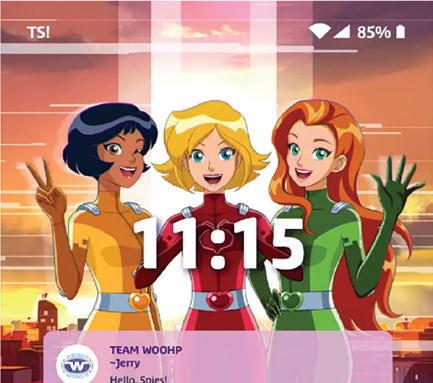
white animation based on her childhood memories, however.
The show – available in both horizontal (21x4’40) and vertical (20x1’) versions – went viral when it launched last year, racking up 45 million views across Arte.tv and its social media platforms alone. Although C21 has not had sight of the breakdown figures on how many views have come from the vertical episodes released on Arte’s French and German social media platforms, compared with the horizontal episodes on Arte.tv and YouTube, Folivari International CEO Melissa Vega says the success of the series is underpinned by it finding its audience on social media channels as a vertical proposition.
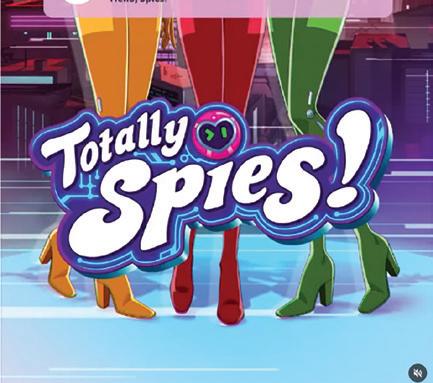
Since then sales of the series, distributed by France’s Folivari International, have been racking up, first with Netflix for the US, Canada, Latin America, Australia, New Zealand, France and Spain, and more recently with Télé-Québec in French-speaking Canada, NTV in Chile and RTS in Switzerland.
The international momentum behind Samuel, as linear TV and VoD operators scoop up territory rights to the series, is only part of the picture when it comes to writer and director Émile Tronche’s simple, black and
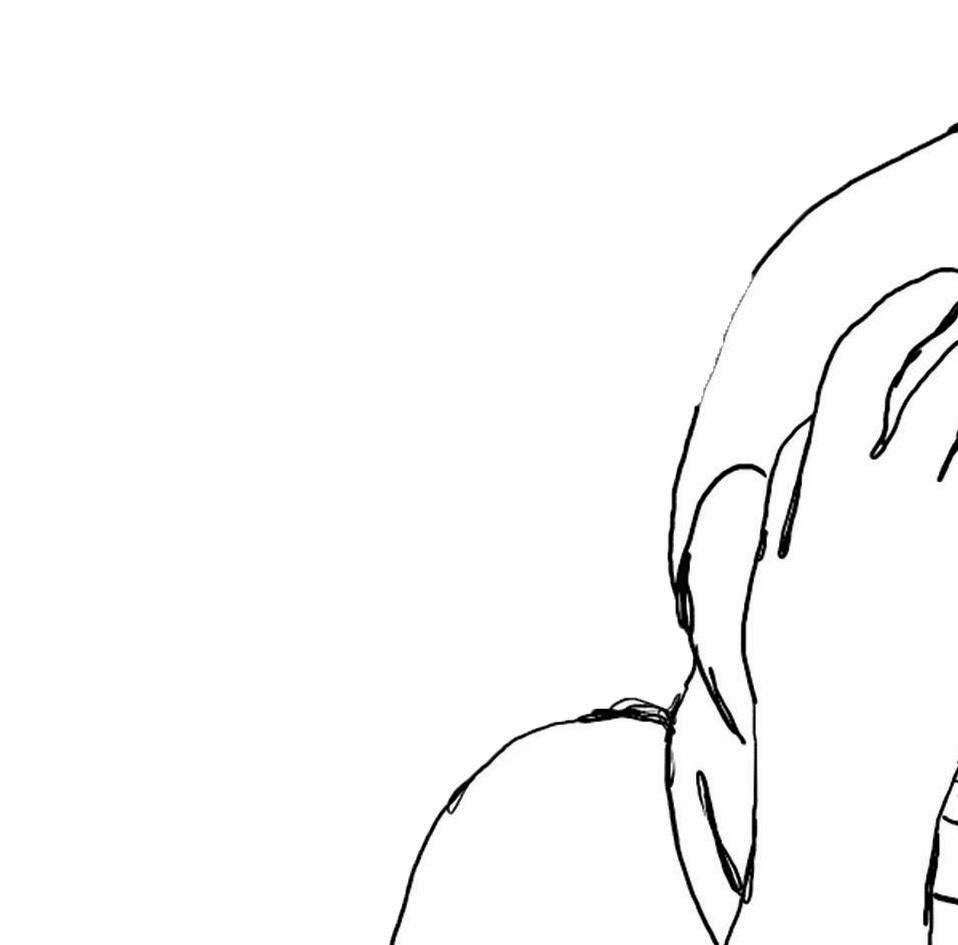
“ Vertical content is how kids move through the digital world. Vertical formats feel native, immersive and socialfirst. It’s the language of their digital lives.
Jasmine Dawson BBC Studios
Samuel began its life as digital-first content –according to Vega, Tronche “started releasing reels about the series on TikTok and Insta” during Covid lockdown – and is aimed at the tween demographic, the very age group that, according to data from kids, youth and family research agency Dubit, is making the switch from TV screens and tablets to smartphones in many territories.
Dubit’s Share of Time & Devices Report Snapshot (January 2025) shows that for children aged 1-7 in the US, TV screens and tablets take up the majority of their screen time. That trend changes between the ages 8-11 when their time on smartphones and TV screens begin to average out on both to 30 hours a week, with smartphones taking the lead for kids aged 12-15. The UK reveals a similar pattern, according to the agency, where there is a split of time spent on different devices until age 11, after which time spent on smartphones begins to take over. “Eight-plus is certainly the age at which kids are accessing smartphones,” notes Laura Dudley-Gough, associate director at Dubit.


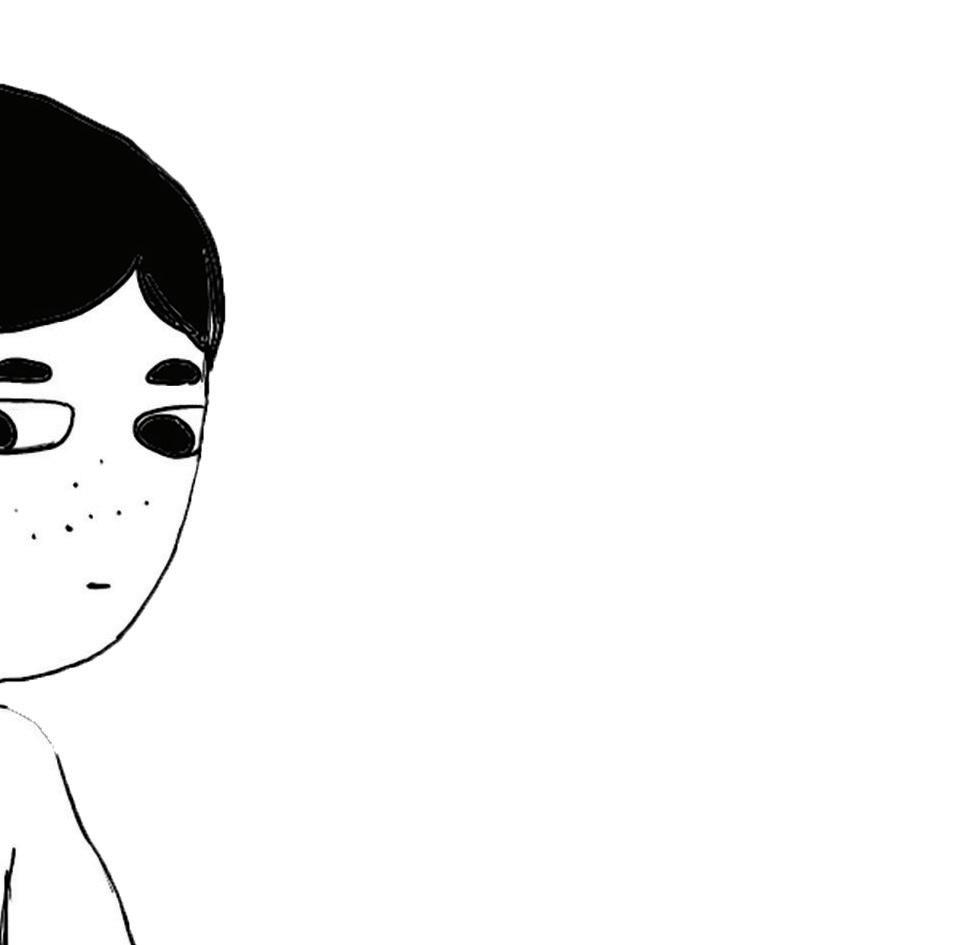
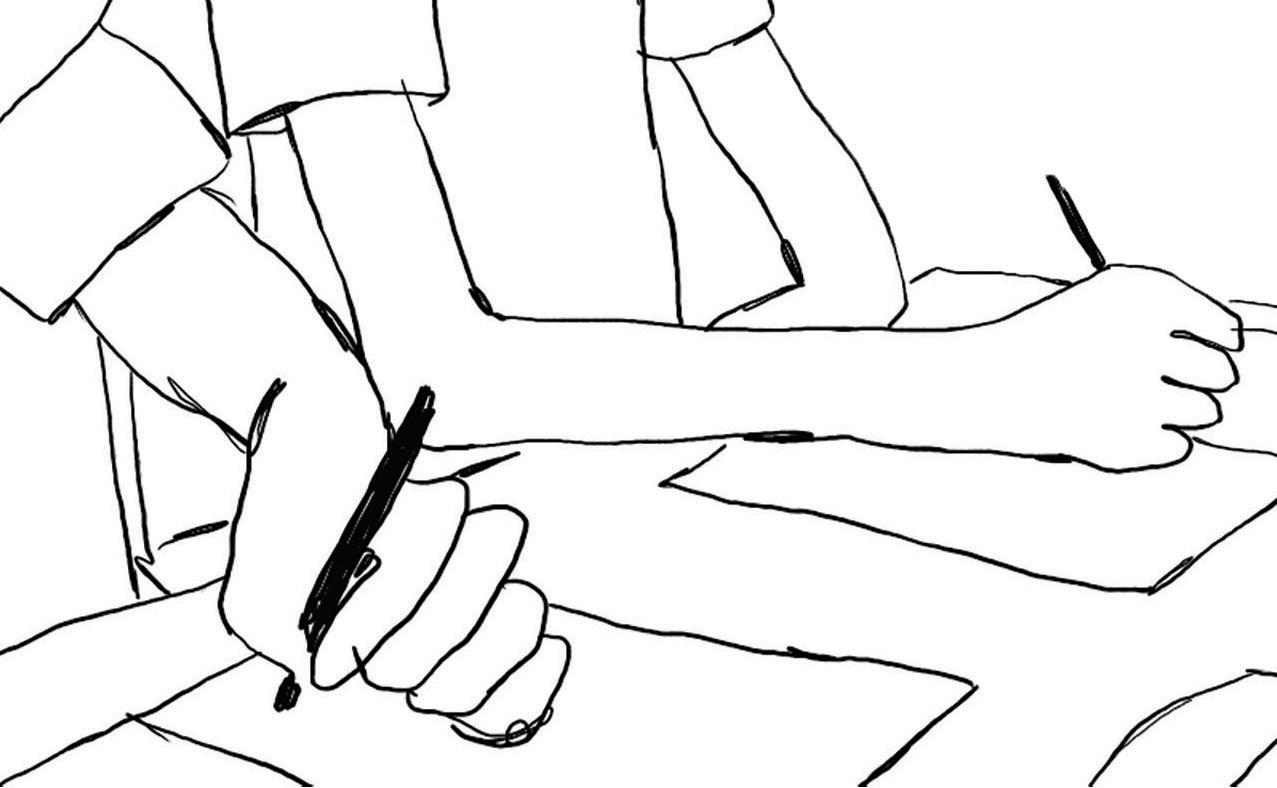
A preference for vertical content when kids get access to smartphones is mechanically and socially inevitable given smartphone design and usage patterns, according to Gary Pope, co-founder and CEO of Kids Industries, a research agency that specialises in the family market. “The natural way to hold a mobile phone, of course, is portrait,” he says, noting that the “selfie culture” normalises the vertical format and the creator economy
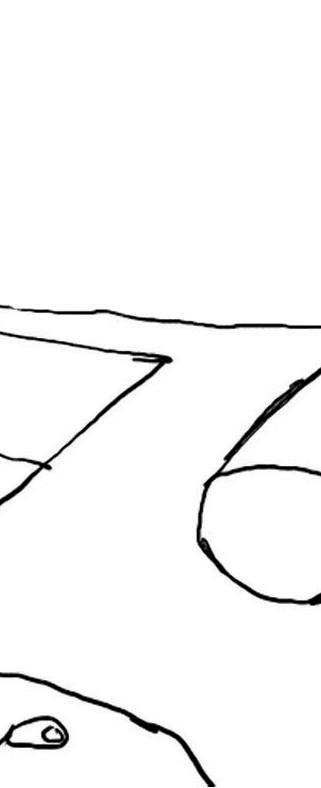

reinforces the trend. “That’s the currency of content that these kids are exposed to,” he notes.
“Vertical content is how kids move through the digital world,” adds Jasmine Dawson, senior VP of digital at BBC Studios. “Vertical formats feel native, immersive and social-first. It’s the language of their digital lives.”
For global kids IP, such as preschool hit Bluey, Dawson says vertical content allows BBC Studios to “extend storytelling” beyond an episode, “fuel fan culture” via clips, trends and shareable moments, and reach new audiences “through driving cultural resonance and relevance.”
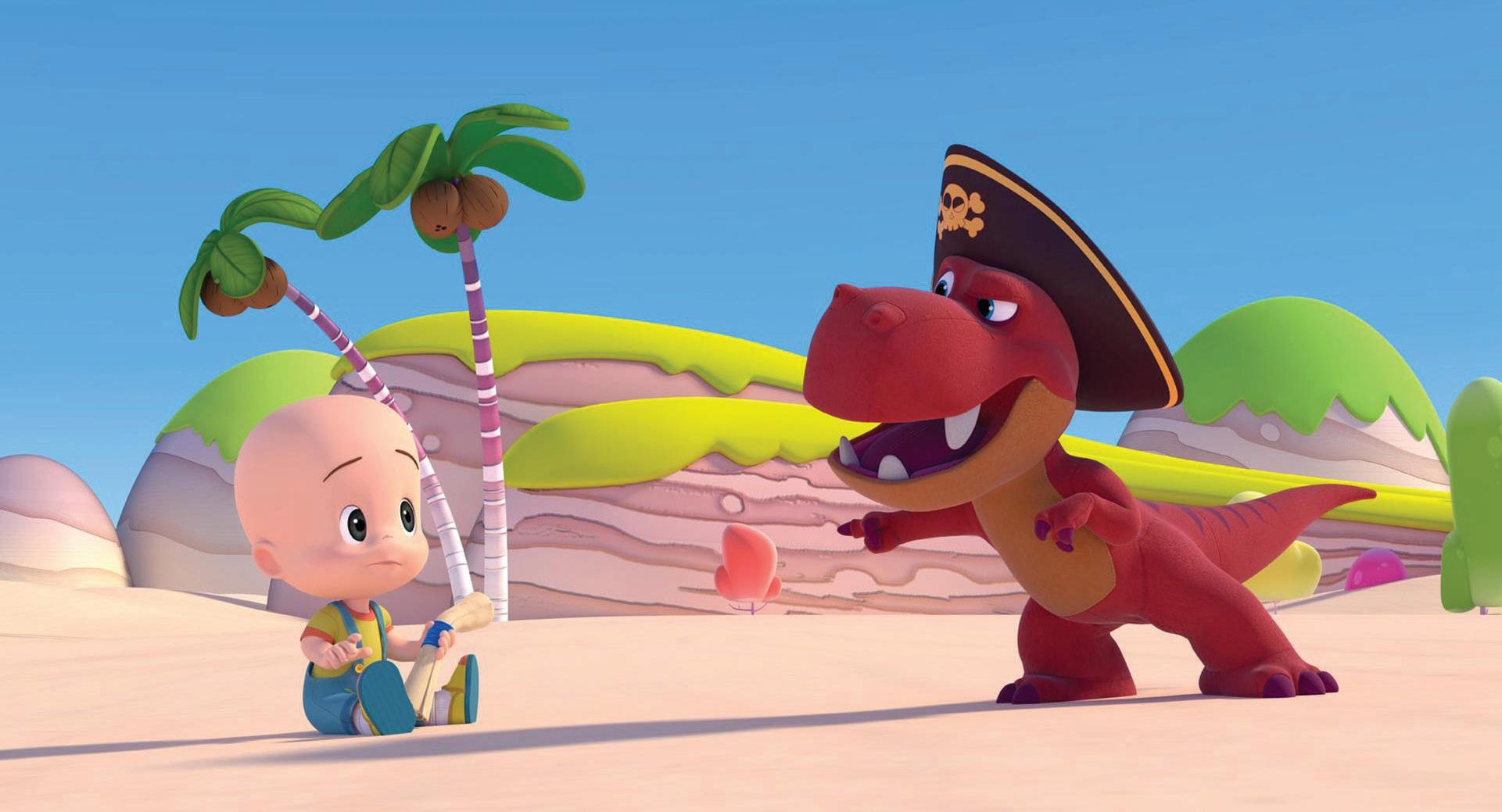
Miguel Aldasoro, international sales and coproduction director at Spanish animation studio Ánima Kitchent, says: “We’re seeing a significant surge in vertical content – it’s reshaping how young audiences, especially tech-savvy kids, consume stories. Platforms like TikTok, Instagram Reels and YouTube Shorts prioritise vertical formats for their superior engagement, especially on mobile devices.”
He adds that mobile devices dominate the consumption of content in some key markets, such as Brazil and Mexico: “Nearly 80% of consumption now occurs on mobile devices, highlighting the importance of adapting content into vertical formats.”
As such, Ánima Kitchent has “transitioned to creating original content tailored to all platforms” for brands, he says. This includes its hit preschool animation Cuquín
“We’ve always designed our IPs for multi-platform flexibility,” says the exec, but as vertical viewing grows, the Spanish producer has begun adapting existing content to the vertical format. “Howly & Wooly, our newest IP, will be the first property created with vertical orientation in mind. It has been carefully designed to perform and thrive across a wide range of channels, apps and streaming services,” he says.
Likewise, the vertical episodes of Samuel are not simply reformatted versions of the horizontal episodes; they have been designed for social media sharing and user-generated content, explains Folivari’s Vega: “It’s not like an extract from the show. The content has been created to talk to the kids the way the kids are used to seeing content on social media.”
“

smartphones among tweens, has made it imperative the show’s vertical episodes “create an impact,” according to Vega, who says Folivari is now “working hand in hand” with the show’s producer, Les Valseurs, and its broadcasters, to handle the release of the show’s vertical episodes on social media.
But Vega is clear that the vertical series of Samuel is not a revenue driver for Folivari International, or its producers or creator. “Social media is not helping to finance the content,” explains Vega. “My main goal [with it] is to grab the attention of the viewers.”
We’re seeing a significant surge in vertical content – it’s reshaping how young audiences, especially tech-savvy kids, consume stories.

Vertical episodes include songs, which work well as interactive content, and scenes that mix live-action with animation, such as when Samuel takes a subway, and as he looks out of the window, the show switches to live-action. As Vega points out, the songs and the live-action lend themselves to being adapted, depending on the territory and language they are being viewed in.
“We realised as a distributor that what is very important is to have a strategy to help the content reach its audience, because nowadays the kids are not watching linear TV,” notes the exec. “Tweens are on social media.”
According to Vega, the tween age group is currently underserved by the traditional kids’ content sector. “You have a lot of content for teens 16-plus, which is mostly liveaction series, and you have content for up to eight-year-olds – animation, slapstick comedy and this kind of thing. But there’s nothing for the 10-pluses that is actually authentic and that is accurate about kids becoming teenagers.”
This gap in the market, together with the switch to

According to Ánima Kitchent’s Aldasoro, the monetisation of vertical content doesn’t yet justify a transition into a “vertical-first” production: “The sheer volume of consumption makes the adaptation [to vertical content] worthwhile and fuels our continuous testing of formats and durations.” But he notes: “Crucially, monetisation matters, not just view counts. If vertical content demonstrates meaningful RoI, it becomes a viable production strategy for the rest of our IPs.”
Miguel Aldasoro Ánima Kitchent
While vertical content is not yet a money spinner to rival horizontal content, its value is in how it helps test and build IP, and how it can even help develop spin-offs based on the popularity of certain characters, according to Vega. “Because it’s on YouTube and social media, you interact directly with your viewers and you can have the data, the numbers, the followers and this is so helpful to build an IP,” she notes.
Dan Lewsey, head of digital at Banijay Kids & Family, agrees that vertical content is an effective way to test content at a lower price point, but he says it also gives the Banijay digital team the opportunity to work with content creators who have established audiences on social media. “That way we can reach those audiences and introduce a show to a new demographic,” he comments. “If we didn’t have vertical content, it wouldn’t be as easy to do that.”
Although unable to discuss projects that are subject to non-disclosure agreements, Lewsey says Banijay Kids & Family is “working with other people” to develop original content in the vertical space. For the time being, however, the exec says it is still a means of providing bitesize





content that will act as a “promotional tool” for existing kids IP, such as Totally Spies! and Street Football
“When it comes to these shows it’s definitely a product type in order to reach viewers en masse, and either introduce them or reintroduce them to the shows,” says Lewsey. “Whether it’s a karaoke-style music video or introducing characters or behind the scenes content, for us making that type of content helps because it feeds into the other content that we’re producing for a longer-form, horizontal audience.”
Dawson agrees: “At BBC Studios, we see vertical as the spark that drives discovery, while connected TV and particularly YouTube is where deep engagement and fandom take root.”




But she adds that vertical shouldn’t be viewed as standalone content. “It’s the activation layer that boosts discoverability and pulls viewers back into longerform experiences on connected TV and beyond. When done well, it’s a virtuous circle: scroll, engage, watch, repeat.”
Dawson points to upcoming releases of Bluey Shorts, where vertical content will be a main pillar in BBC Studios Digital Brands’ goto-market strategy. “Think pacy teasers, cultural riffs, behind-thescenes snapshots, all in verticalfirst formats designed to build hype and brand familiarity before the format or show even launches,” says the exec.
Elsewhere, BBC Studios Digital Brands is working on a vertical content strategy for the BBC’s upcoming TV adaptation of JJ Arcanjo’s Crookhaven series of books. Produced by BBC Studios Kids & Family, the show is described as a fast-paced, family adventure series, which Dawson says will require a vertical content strategy using “different creative styles” for a different target demographic. “Vertical content will be a key part of the BBC Children’s & Education launch strategy, helping reach audiences where they are and build buzz ahead of its release,” she says.
But while most audiences are watching vertical content on their smartphones, Lewsey notes that vertical content is also being viewed on TVs. “There are features now on connected TVs to watch vertical content. That might sound a bit strange because if you’re watching something on a TV, typically it’s going to be horizontal, longform with adverts. But, funnily enough, vertical content seems to be doing well and it’s [YouTube] itself that is pushing that. A lot of our short content or vertical content is being watched on TVs, or even tablets.”
While kids’ vertical content is still, in the main, being created as snackable shortform to boost discoverability and drive audiences to other forms of content, in the case of one preschool animation, a vertical world is at the very heart of the original concept. Tadpoles is the story of two sibling

“Social media is not helping to finance the content. My main goal with it is to grab the attention of the viewers.
Melissa Vega Folivari International
tadpoles who embark on a perilous journey from the bottom of their pond to the surface in order to reach their dreams. Developed by Finnish animation studio Gigglebug and distributed by Folivari, the new animation was presented at Cartoon Forum in 2023.
“It has been born out of a creative space, first and foremost,” says Anttu Harlin, founder and CEO at Gigglebug Entertainment, which runs a programme called Idea Lab to nurture creativity and to come up with new kinds of ideas that have a point of difference. “A really attractive idea came out of a session about little tadpoles that want to get to the surface of a pond, grow big and become frogs. It’s simple and powerful and about being brave. It’s pretty universal as a theme.”
The series will be available in both a “square format” for broadcasters and a vertical version for vertical platforms, according to Harlin. The first episodes will be ready by mid2026, with a first batch of 26 finished in January 2027. Full delivery of the 52x11’ series will be in July 2027.
So how big does Harlin believe kids’ vertical content is set to become in the future? “I think it will grow, but is it going to be sitting alongside the mainstream content? Probably, yes,” he says.
One development that may derail the growth of kids’ vertical content is the growing concern among parents, educators and regulators about the documented harms of social media and excessive usage of smartphones. In response to these concerns, in November 2024, Australia passed legislation to ban social media for under-16s.
Kids Industries’ Pope, a strong advocate for banning platforms linked to child harm, agrees with the aims of the legislation in Australia. “I fundamentally believe children should not have access to social media until they are 16,” he says.
Others are more nuanced in their response.
“We recognise and are fully aware of the growing global concern about young children’s screen time and smartphone usage,” says Aldasoro. “Several countries have introduced or are considering social media restrictions for kids below a certain age. These developments highlight the importance of balancing innovation with responsibility.
“While vertical content is highly engaging and offers opportunities, we must ensure our formats respect recommendations, comply with privacy and align with parental expectations. It’s essential that we prioritise children’s wellbeing, even as we explore new storytelling formats.”
“Ultimately, it’s about balance,” says Dawson, “and building content ecosystems that empower families to choose what’s right for them, across both vertical and longform experiences.”
Harlin agrees: “It’s about having a balance rather than saying don’t have any of it.”
David Kleeman, senior VP of global trends at Dubit, doesn’t believe regulation will impact the format in which kids’ content is created, but rather the platforms on which it is delivered. “Young people will find a way to find the video they want to watch,” he concludes.
TWO SEASONS 26x21







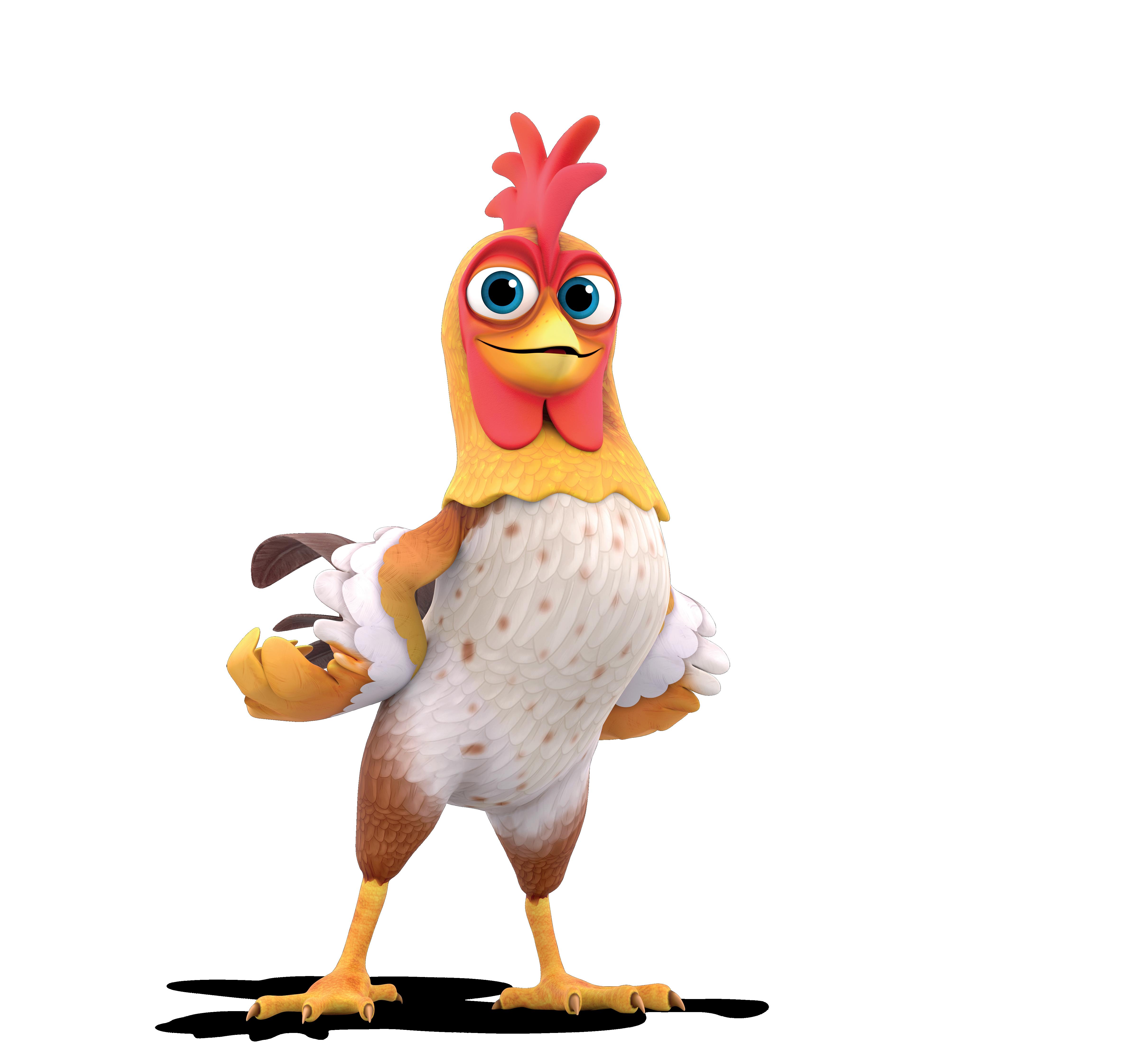


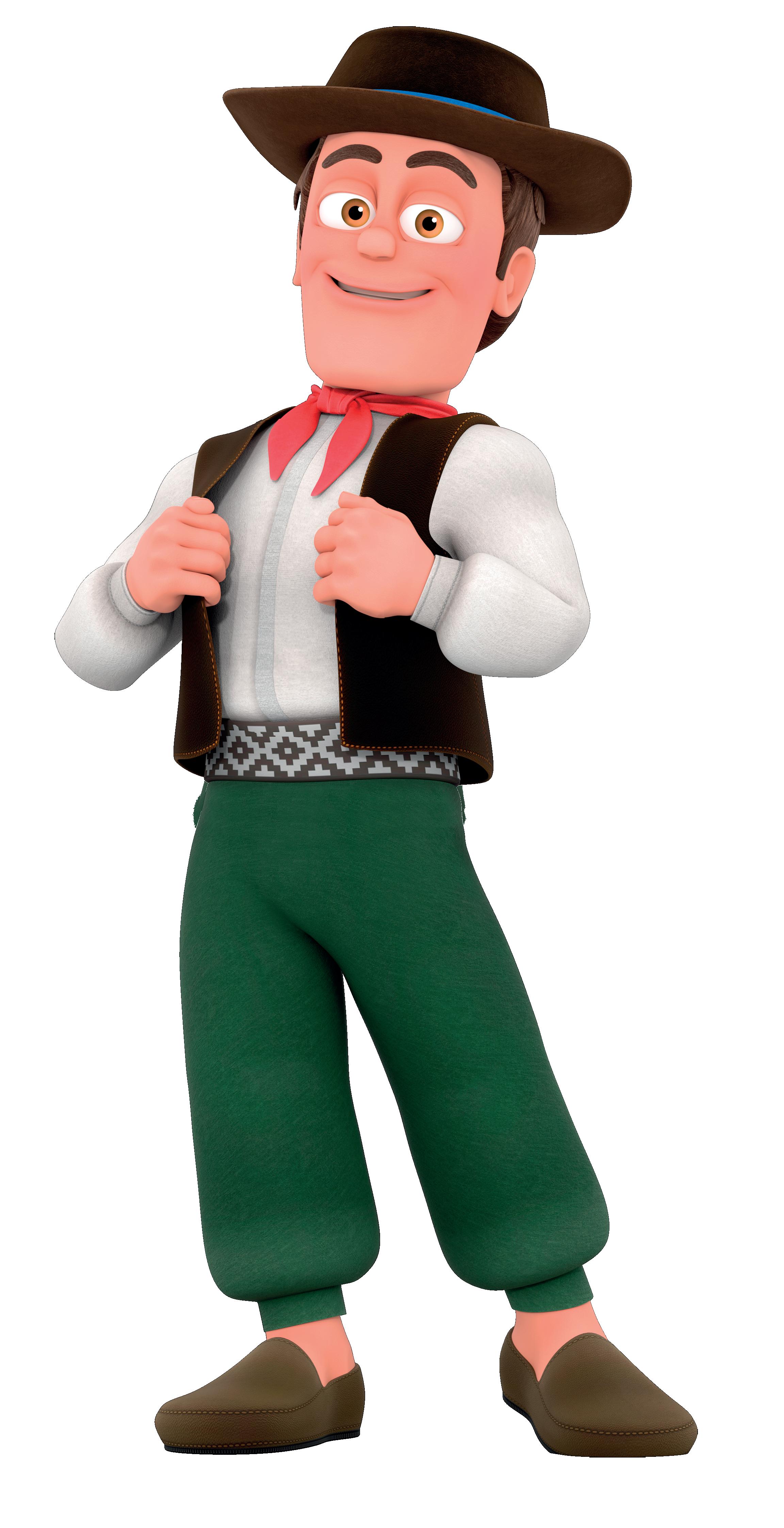


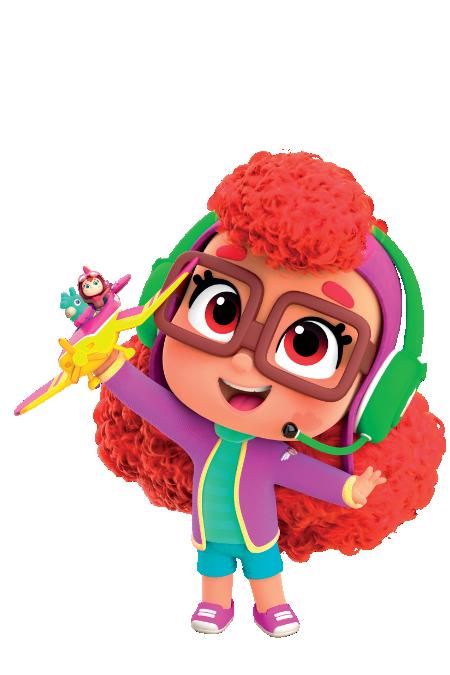
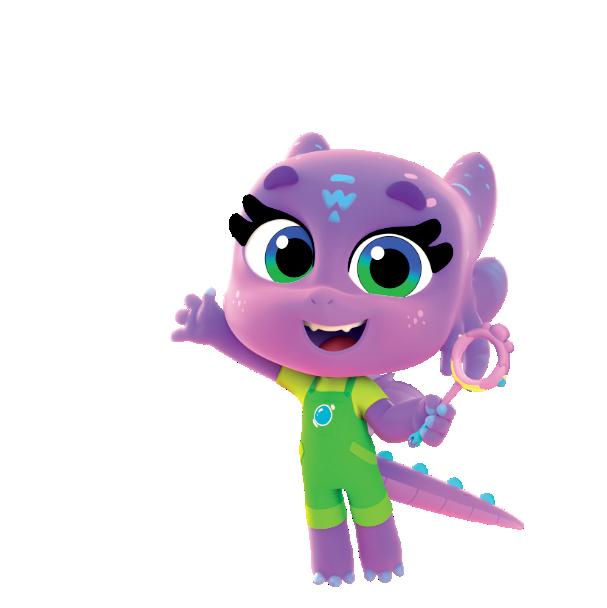

Producer: Doc Hearts
Distributor: Escapade Media
They say: “Reu and Harper explore different cultures across the world through playdates with preschool children. They are invited into family homes, places of worship and cultural events, as they explore our glorious diversity – from the inside. The tone of the series is fun, welcoming and full of wonder. Wherever they go, the children will always be invited in to see something that makes them gasp in excitement, smile with joy and enjoy playful exploration.”
We say: Already airing on Paramount-owned 5’s Milkshake! in the UK, this live-action preschool series focuses on the relatable and everyday experiences lived by children growing up in different cultures throughout the globe.


C21 highlights 21 new shows for buyers to consider at this year’s MipJunior, from coming-of-age dramas to preschool animation, IP adaptations – and lots of animals. By Karolina Kaminska


Producer: BBC Studios Kids & Family Productions
Distributor: BBC Studios
They say: “Filmed in a stunning Northern Irish estate, Crookhaven is a coming-of-age adventure packed with wit, betrayal and moral complexity. In a world where every teacher is a crook, traitors lurk around every corner and no-one is who they seem, these students are navigating finding their place in the world, learning who they can trust and what it truly means to do the right thing. The cast is a dynamic mix of screen legends and rising stars.”
We say: Crookhaven is a live-action drama based on JJ Arcanjo’s book series about a secret school for crooks, who are trained to use their skills for good. It is created for TV by Justin Young (Death in Paradise, Ripper Street) and will premiere on BBC iPlayer in the UK in early 2026.

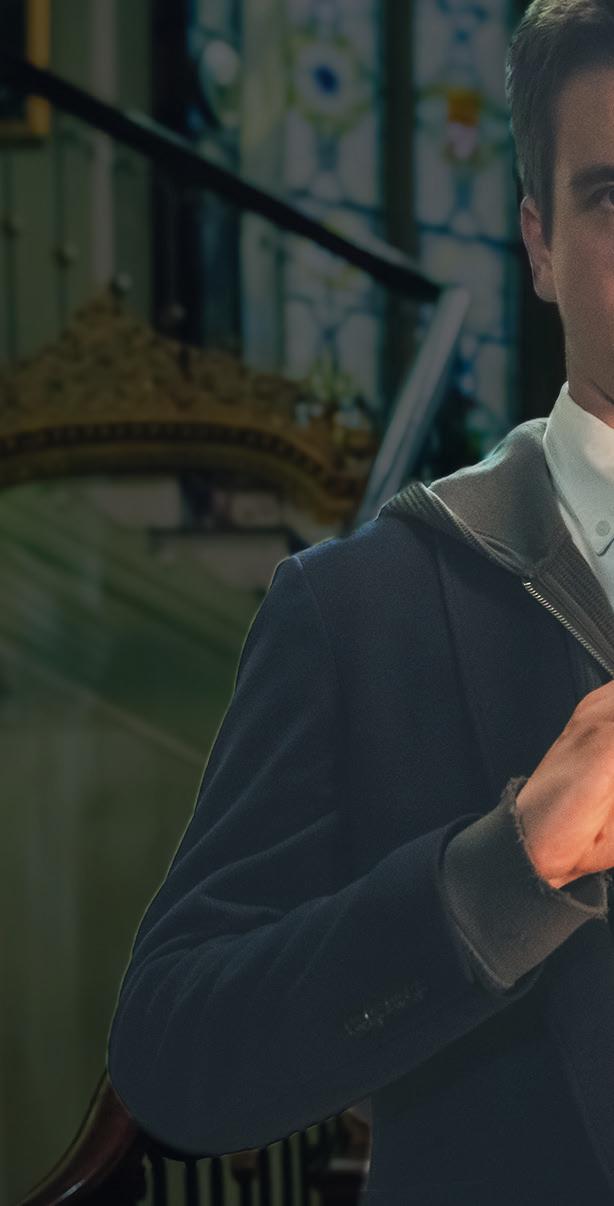
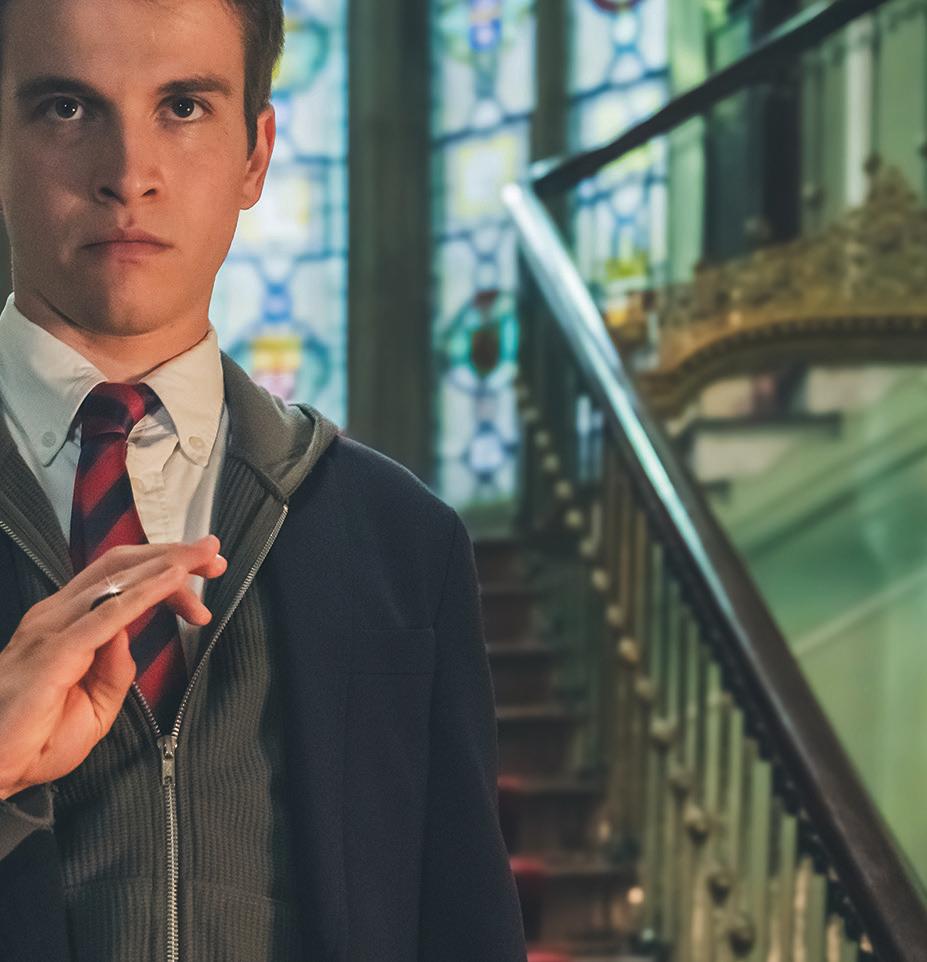


Producers: Blue Ant Studios and Stretchy Distributor: Blue Ant Studios
They say: “Days are never dull in a world where cloud-sheep sing, hills talk and everyday moments blossom into fanciful adventures. Tralala loves making up songs with her dad about the little things that make life special. When not with her dad, she loves to spend time with her friends Batty (a boisterous bat), Erik (a musical seal) and a talking tree.”

We say: Tralala is a 2D animated preschool series produced for the CBC in Canada and Sky in New Zealand. It follows an imaginative seven-year-old whose exuberant perspective on the world brings joy and excitement to everyday life.

Producers: Ankama Animations, Belvision and Pictanovo
Distributor: Mediatoon Distribution
They say: “Every new visual and script reveals a Paris full of surprises – familiar in some ways, but with a magical twist that makes you see it differently. The creative team is bursting with ideas and it really shows in this fresh and exciting take on the city.”
We say: Commissioned by France Télévisions and presold to TV5Monde, this 2D animated series is set in early 20thcentury Paris, where a brilliant young inventor faces off against mythical creatures unleashed by a bumbling villain – from the gargoyles of Notre-Dame to the mummies of the Louvre and the mysterious phantom of the opera. To stop them, Montclair must constantly build and test new inventions.










Connecting creators, inspiring young minds.
11th-12th October
Palais des Festivals, Cannes.



Producers: Studiocanal, Mercis and Superprod
Animation
Distributors: Studiocanal and Superights (worldwide); Mercis (Netherlands and Japan)
They say: “Miffy – the sweet, lively little bunny celebrating her 70th anniversary in 2025 –has evolved into a more complex, funny and engaging character who lives in an exciting, contemporary world. The new Miffy series is distinguished by its emphasis on characterdriven stories about Miffy and her friends discovering the world around them. Miffy is positive, creative and spontaneous, sometimes even impulsive, which can lead to tricky situations that she cleverly overcomes.”
We say: Miffy & Friends is a CGI animated preschool series based on classic character Miffy, created by Dick Bruna in 1955 and featuring in more than 30 books. The new series is currently in production for Canal+ in France.



Producers: Media Valley and Belvision
Distributor: Studio 100 International
They say: “Louca’s life is… fine. He’s a bit clumsy, his grades could be better as could his football skills! At the core he’s a regular teen just trying to figure things out. Then one day everything changes when he meets Nathan. Nathan is confident, athletic, good at football and full of charm. He’s also a ghost! And for some reason, Louca is the only one who can see him.”
We say: Aimed at 6-11s, Louca is a CGI comedy series commissioned by TF1 in France. It is based on the comic books by Bruno Dequier and aims to teach kids that the biggest victories aren’t just about goals scored, they’re about finding the courage to play your own game and surpass yourself.



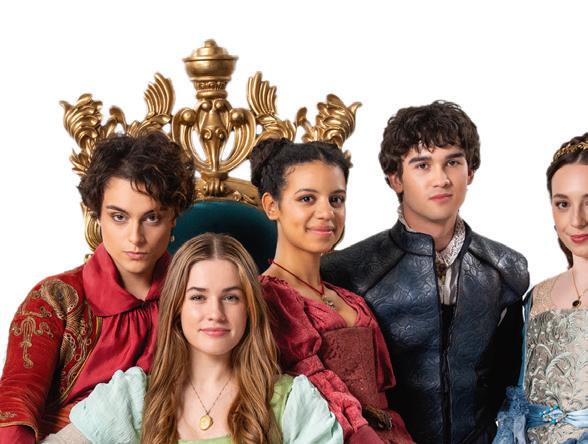


Producers: Cottonwood Media, Coolabi Group and ZDF Studios

Distributors: Federation Kids & Family and ZDF Studios







They say: “The Lady Grace Mysteries tells the story of Lady Grace Cavendish, the world’s first female teenage detective working as a private spy for Queen Elizabeth I, who navigates the dangerous waters of politics in an English court full of plots, threats and mystery. With her best friends, Ellie and the dazzling performer Masou at her side, she must deal with the trials and tribulations of being a teenage girl, while investigating perilous mysteries.”








We say: Commissioned by BBC Children’s in the UK and Germany’s ZDF, with a presale to France Télévisions, this live-action series is based on the kids’ detective fiction novels of the same name by Patricia Finney, Sara Volger and Jan Burchett.
Producer and distributor: Rainbow
They say: “Launched over 21 years ago, this global animation sensation is back to enchant a whole new generation of fans with its universal themes of magic and friendship, cool music and cutting-edge fashion. After enrolling in a fairy school in a far-off dimension to learn how to control her magic, Bloom makes new friends while uncovering secrets of her mysterious and exciting past. But she soon discovers there are enemies who want to steal her powers.”
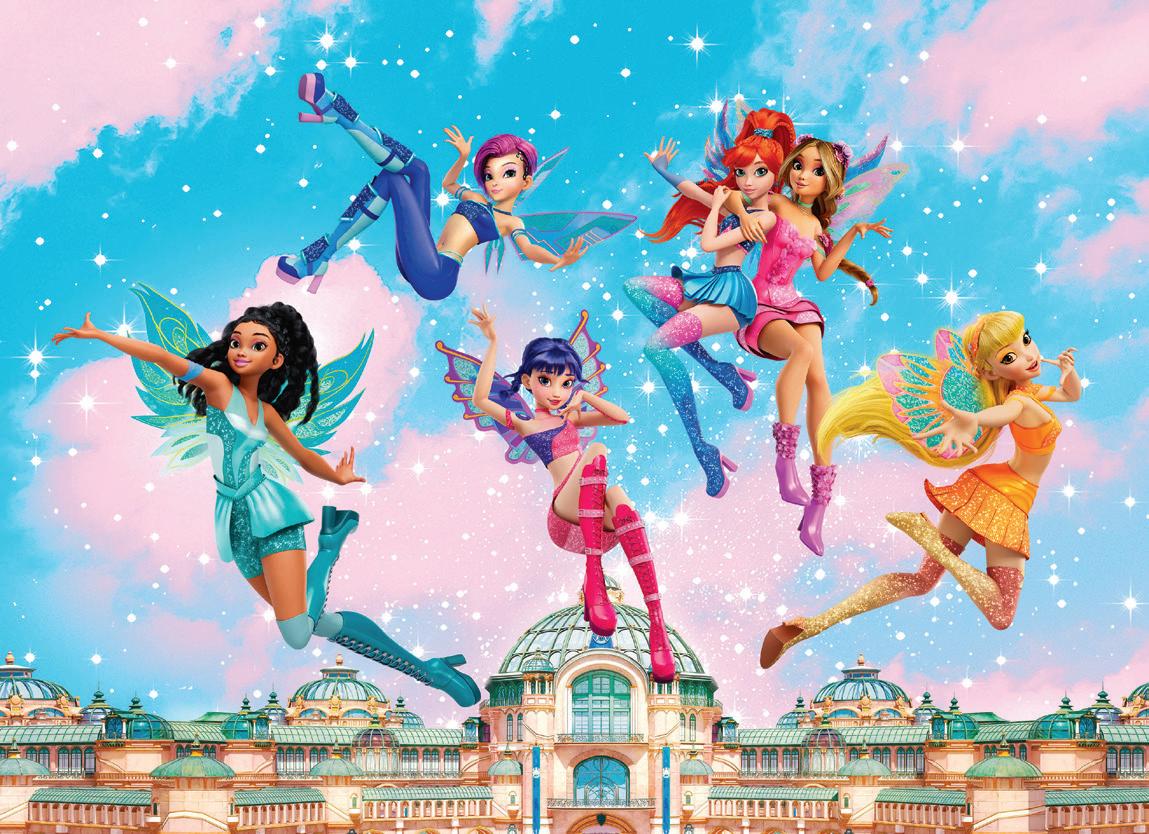
We say: A CGI version of Rainbow’s Winx Club franchise, this fantasy adventure is seen through the eyes of Bloom, a 16-year-old suburban teen who discovers she’s a fairy with magical powers.

Producer: Deadpan
Distributor: Madgic Distribution (formerly APC Kids)
They say: “Showkids, for children aged eight-plus, is a funny and moving show about all the amazing things we can learn from each other, if we just open ourselves up to the powers of our imagination.” We say: Produced for Ireland’s RTÉ, Showkids is a live-action series centred on a boy whose overactive imagination is causing him to get bullied at school, but who finds solace in an after-school drama class for talented kids.




Producer: Dyehouse Films
Distributor: Serious Kids
They say: “While on a family holiday at a mystical woodland campsite, Kevin Kelly discovers a strange VHS tape that unleashes the chaotic Pooka. As the creature wreaks havoc, Kevin is blamed, with only the eccentric campsite caretaker initially believing his story. Together they hatch a plan to return the Pooka to its video world. But there’s a twist. Kevin finds another VHS of an old sitcom called The Kellys and the family realise they too have escaped from fiction into reality.” We say: Produced for Ireland’s RTÉ and aimed at 8-12s, The Unreal is a spooky live-action mystery series rooted in Irish mythology. A second season is in production.

Producer and distributor: Boat Rocker Studios
They say: “Island Explorers sees the Cassidy clan trade their cowboy hats for explorer hats and head off to the mysterious Dino Island. Home to Uncle Jack Cassidy, Dino Island offers the intrepid clan a chance to explore its dino-filled jungle, active volcano and the undiscovered world under the water.”
We say: This upcoming 3D animated spin-off to Boat Rocker’s Dino Ranch series introduces preschoolers to the concept of problem-solving, while focusing on family, friendship, community and taking care of animals. The CBC in Canada is on board, as are Warner Bros Discovery’s Cartoonito in EMEA and Amazon Kids+ in the US, UK, Canada, Japan and Germany.
Producer: Copa Studio
Distributor: Dandelooo
They say: “Imagine a giraffe in a balloon making deliveries around the world, accompanied by a girl pilot, a not-so-easily impressionable flower and an enthusiastic little rock. This strange team is Tuiga, the most fun delivery service in the animal, vegetable and mineral kingdoms!”
We say: This 2D animated preschool series aims to blend important social messages with captivating storytelling, while keeping it lighthearted and accessible to children. It addresses themes such as diversity, friendship and collaboration, and encourages both parents and children to celebrate our differences.

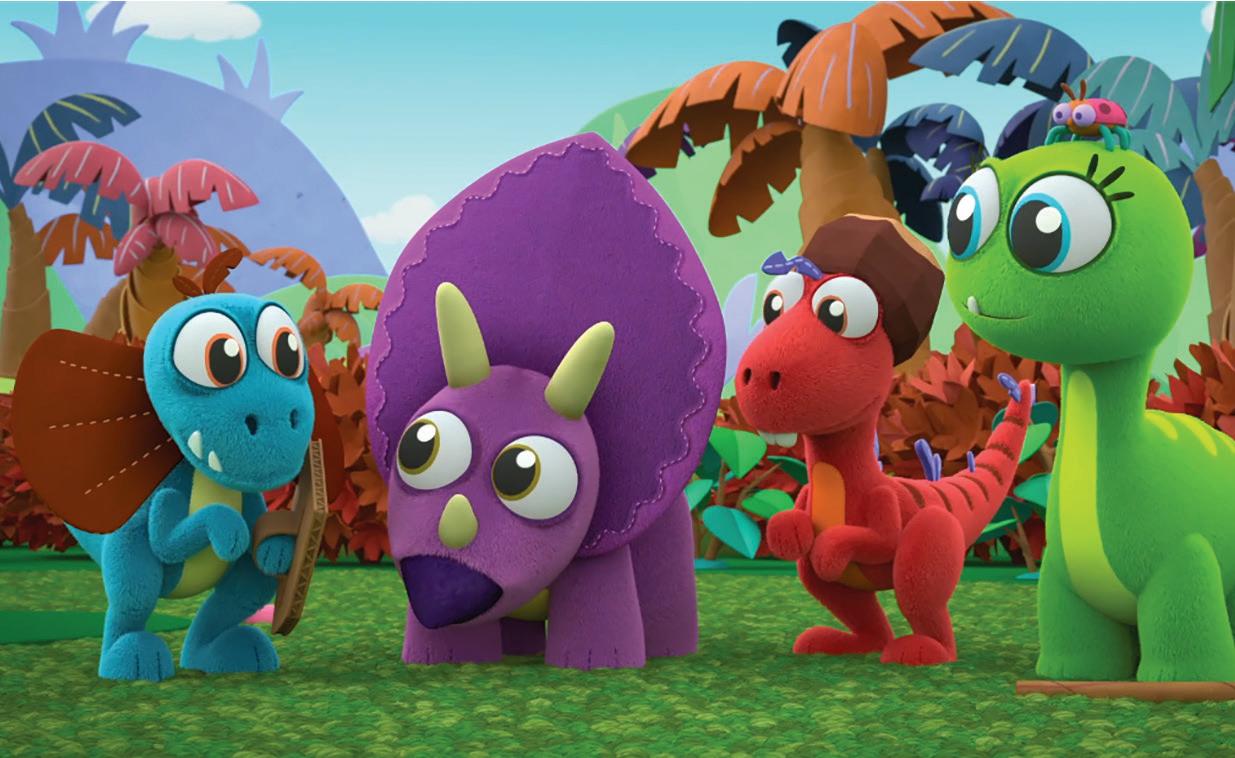

Producer: IoM Media
Ventures
Distributor: WildBrain
They say: “Every generation of kids loves dinosaurs and today’s kids are no exception. L’il Stompers is a joyful and enriching series that blends imaginative storytelling with meaningful developmental themes. With its lovable characters and vibrant prehistoric world, it’s a perfect fit for our preschool Mipcom slate.” We say: This CGI animated edutainment series follows a group of little dinosaur friends who love playing games and exploring the world around them. Through play and laughter, they learn how to be their very best selves.
Ki & Hi
Producers: Method Animation, Drawsome Studio, Belvision and Auvergne Rhône Alpes Cinéma
Distributor: Mediawan Kids & Family Distribution
They say: “This story is a charming tale which depicts all the nuances of a true and authentic relationship between two siblings: fights and disputes but also love and complicity. The brothers’ loyal relationship is key to the show’s DNA. Strong bonds between siblings is a universal theme.”
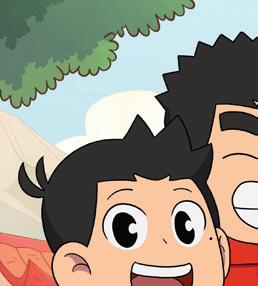



We say: Belgium’s RTBF is coproducing this 2D anime-style show, which is based on Kevin Tran’s manga series Ki & Hi and follows two brothers. It was first pitched at Cartoon Forum in 2022 and France’s Canal+ is also on board.
Producer and distributor: Ánima Kitchent
They say: “Meet Howly, a wild, untamed wolf with a big heart, and Wooly, a calm, thoughtful sheep with gadgets galore – most of them poorly made. Wooly’s tinkering ways often lead to chaos, but together this unlikely duo builds a world full of friendship, discovery and connection. When chaos and order collide, Howly and Wooly find their own way. Through their adventures they deliver laughter, mischief and heartwarming moments.”
We say: This 2D animated non-dialogue slapstick comedy series for preschoolers is packed with visual gags and heartwarming moments and targets family viewing.

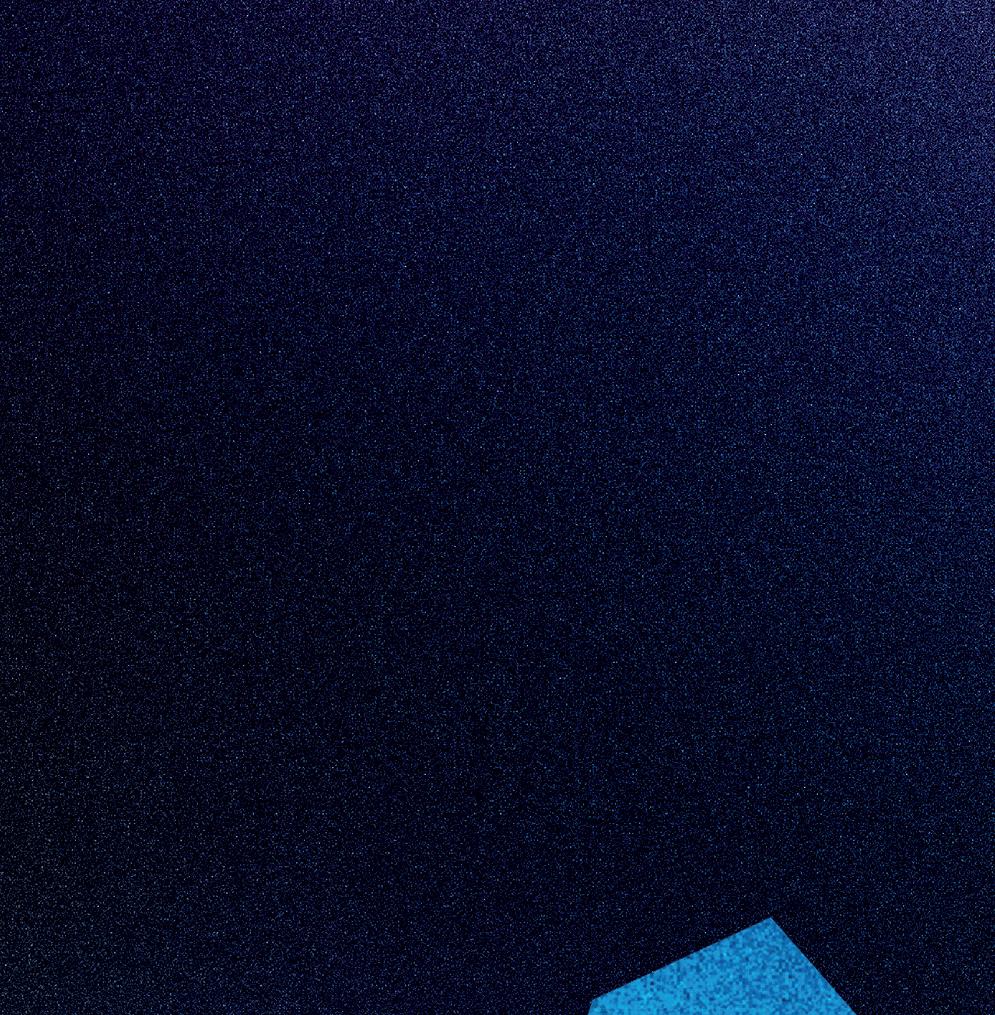




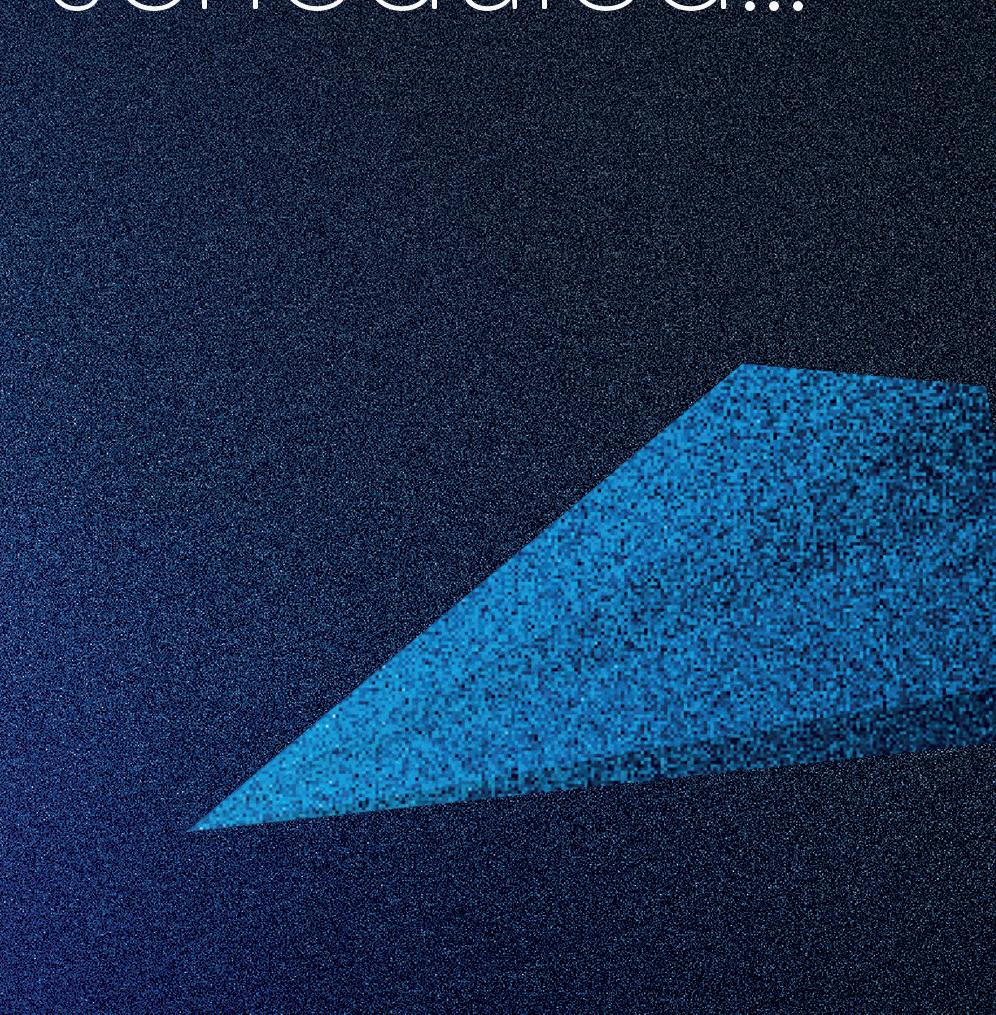






1 2 - 1 4 N o v ember
B r u s s e ls




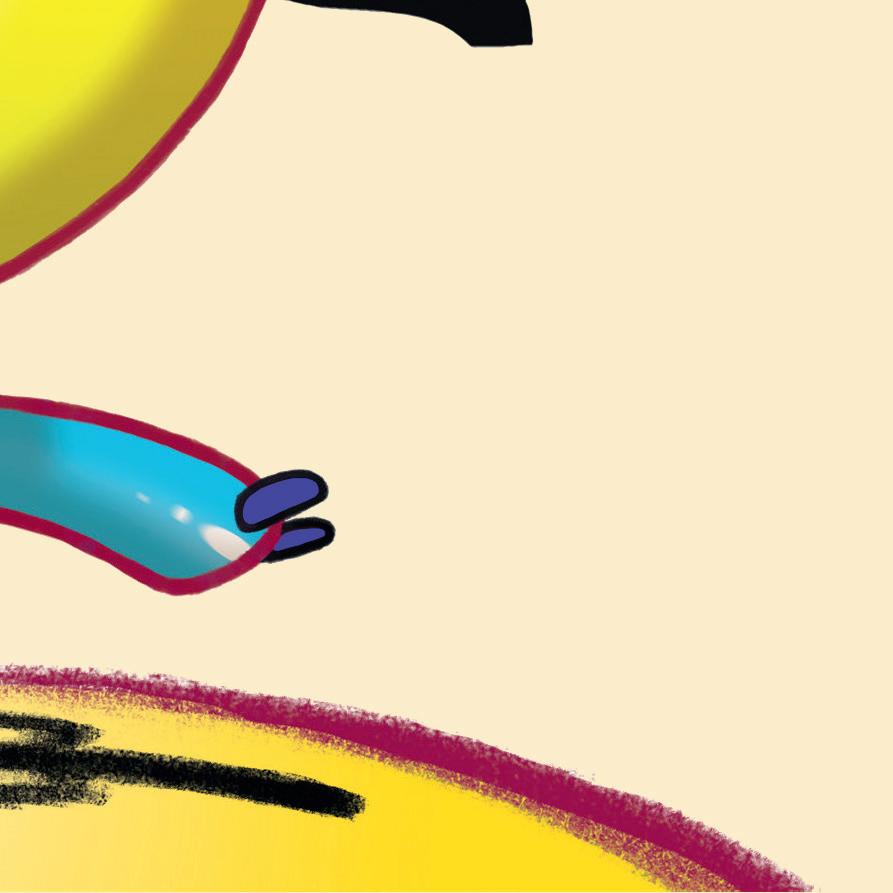
Finding together the best growth models for and with animation

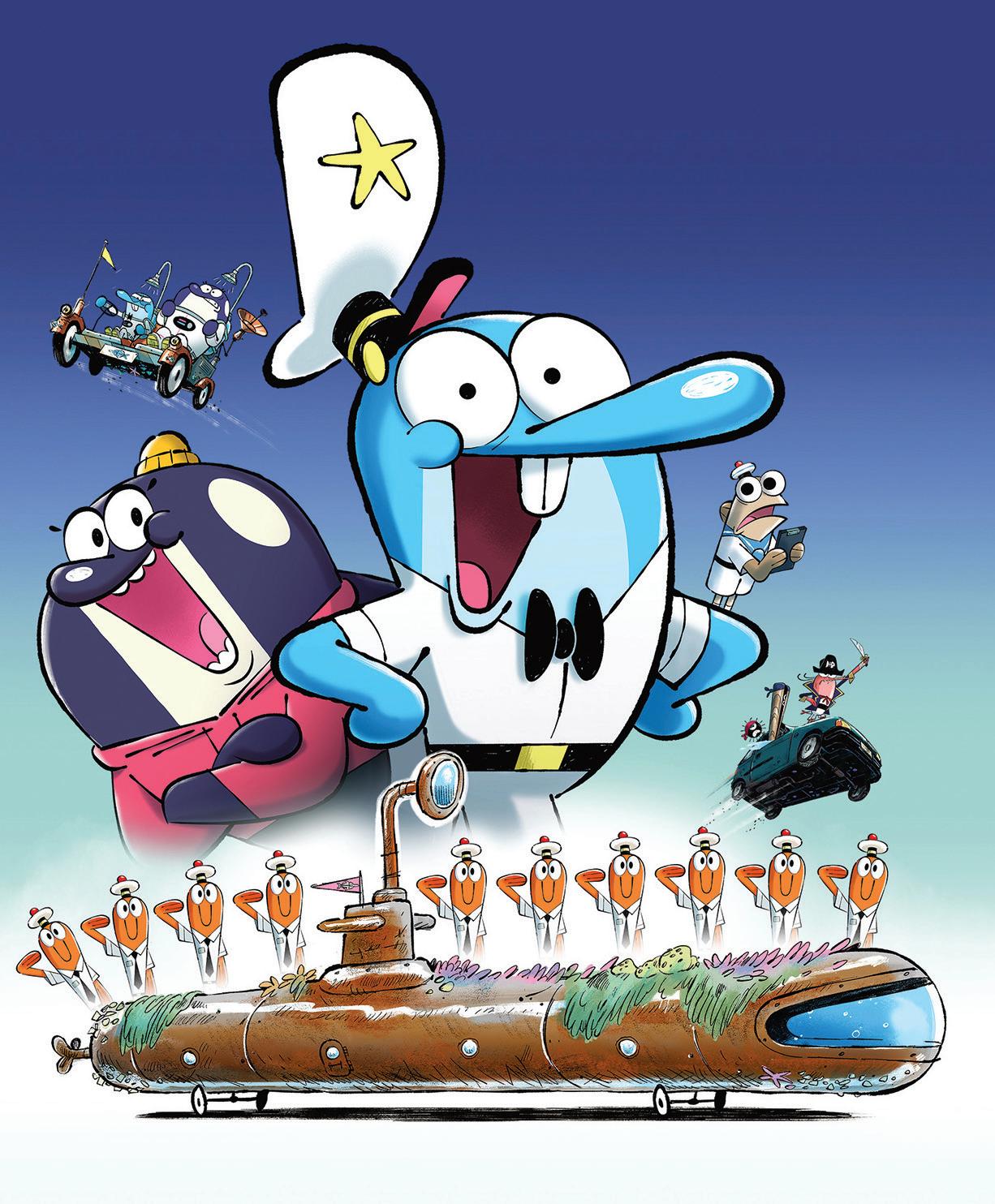
Producer and distributor: Xilam Animation
They say: “The show offers a fresh, imaginative take on growing up, adventure and learning how to take care of the people (and sea creatures) you love. It’s a pure, funny series that builds on our long-standing experience in the comedy space, and we know it will appeal to kids and families all over the world. Jim and his motley crew’s water-filled tube is a one-of-a-kind setting, brought to life through vibrant animation and a cast of unique characters.”
We say: Aimed at 6-9s, Submarine Jim is a mixed-media comedy-adventure series about growing up, having fun with your friends and figuring out what it really means to be ‘in charge,’ even when you’re still just a kid at heart. Set for delivery in Q2 2026 and France Télévisions and Germany’s Super RTL are already on board.
Producer and distributor: Visionality

They say: “Perfect for all ages, the film is a journey through the beautiful British countryside on a clear, crisp Christmas Eve. It follows the adventures of the beloved toy bunny of a young deaf girl who returns home from a raucous shopping trip and is being ignored by her hearing (and very noisy) family.”
We say: Created by the company behind BooSnoo!, Bunny is a mixed-media Christmas family film with minimal words, immersive sounds and visualised foley. It is deaf- and sensory-focused, but accessible for all viewers.




Producer and distributor: Sixteen South


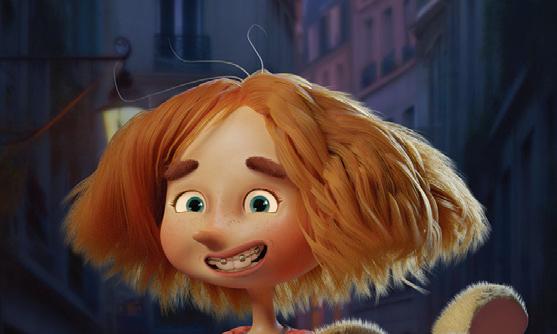



They say: “Scooby Doo meets Ocean’s Eleven in The Retrievers, a beautiful CGI animated series about an extraordinary girl and her loyal dog who solve impossible crimes with the help of a rag-tag bunch of street-smart animals. When the grown-ups fail to catch some of the worst crooks the city has ever seen, it’s down to an oddball girl, her loyal dog and a wild bunch of amateur animal sleuths.”
We say: Set on the streets of Paris, this comedy-led, mystery-adventure series follows two best friends – 11-year-old Molly and her dog Otis – as they go on a series of hilarious, action-packed, crime-busting missions.
Producer and distributor: Magic Light Pictures
They say: “Featuring an all-star cast, The Scarecrows’ Wedding is an enchanting story about two devoted scarecrows, Betty O’Barley and Harry O’Hay, who are planning a wedding to remember. When Harry insists on leaving the farm to collect one last thing for their big day, a smooth-talking scarecrow swoops in with plans of his own. Chaos ensues and soon Betty’s in danger and everything’s at risk. Can Harry get back in time and save the day? Full of heart, humour and adventure, this is the joyful tale about loyalty, love and learning.”


We say: Joining the likes of The Gruffalo, Tabby McTat and Room on the Broom, this family film is the latest Christmas special for UK pubcaster the BBC to be adapted from Julia Donaldson and Axel Scheffler’s picture books by Magic Light Pictures.

Producers: MGA Entertaiment, Daewon Media and Cake
Distributor: Cake
They say: “This bold new franchise blends heart, imagination and spectacle – delivering high-energy adventure, groundbreaking visuals, unforgettable characters and storylines designed to captivate audiences worldwide.”
We say: Disney Branded Television recently acquired this mixed-media series for 6-12s, which is based on Korean show Armored Saurus. The plot follows a team of teen pilots and their armoured dinosaurs, who are humanity’s last line of defence against a sophisticated alien race intent on returning to Earth.
Producers: Tiger Aspect Kids & Family, Jollywise and Xentrix Studios
Distributor: Banijay Kids & Family Distribution
They say: “Fresh, funny and packed with adventure that brings the eccentric charm of a British coastal village to life, Stan & Gran is ideally suited for international buyers seeking smart, cross-generational content with universal themes of nature, science and curiosity.”
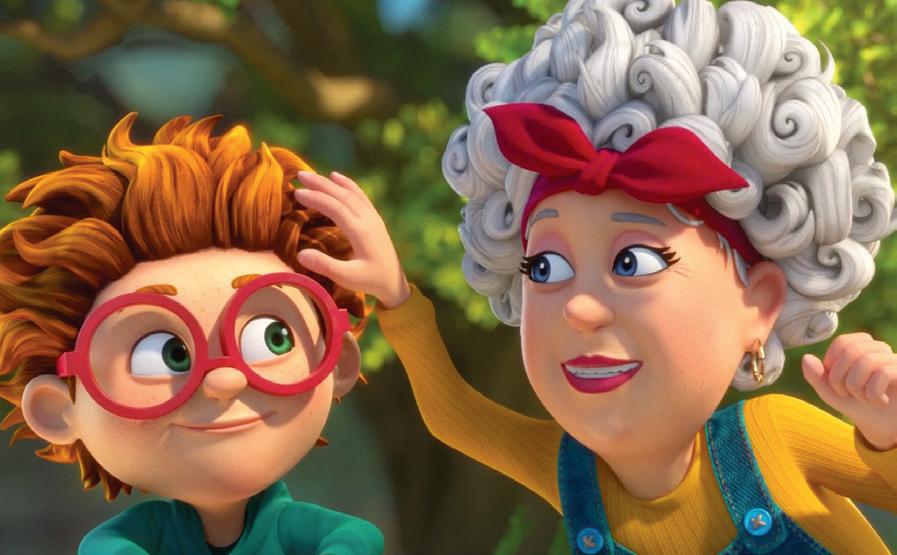
We say: Stan & Gran is a funny, heartwarming CG-animated upper-preschool series following the mystery-busting, nature discovering adventures of a curious and enthusiastic wildlife lover and his dynamic gran. Broadcast partners on board are Paramount-owned 5’s Milkshake! in the UK, Nickelodeon, S4C in Wales, Ireland’s RTÉ, BBC Alba in Scotland and the ABC in Australia.

Ispent 45 very happy years making, commissioning and broadcasting children’s television. I started in 1974 when there was little more than 30 hours a week of children’s programmes broadcast across three channels. How things have changed.
Today there are at least 20 channels broadcasting children’s programmes all day and new online platforms springing up as soon as your back is turned. That should mean more opportunities for producers.
In the 70s and 80s, BBC and ITV children’s programmes were largely produced in-house and were fully funded by the broadcaster. Independent production was restricted to animation. This was the period some senior figures in the industry refer to as ‘the golden years’ of children’s TV.
In 1990, broadcasters were instructed to make 25% of their schedule independent productions – the starting gun for a number of start-ups specialising in children’s shows. Commissions were mostly fully funded and producers were left with secondary rights to exploit. It was a good business to be in!
In the mid-90s, an avalanche of American channels swamped the UK. New opportunities for producers? Yes and no! The new channels were on pay platforms, and they had to pay their way. Their programming was based on US parent company libraries; they commissioned and coproduced just a handful of UK productions.
The newcomers mopped up viewers, taking revenue from ITV and challenging the BBC’s dominance of the children’s market. The response: two new all-day channels from the BBC and one from ITV. The battle for junior eyeballs was well and truly on.
What a bonanza for producers – the BBC, ITV and Channel 5 all commissioning. Surely this was the real golden age, the late 90s well into the new millennium. Writers were writing, artists were drawing and animators were animating. Not anymore!
Different ways of delivering and different ways of viewing are spreading and much faster than producers can handle. Money is the issue – how and where to find funding, how and where to get a return on investment. Is state funding the answer for indigenous programming? Are YouTube, Netflix, Amazon, [Sky streaming platform] Now and others the way forward? What will the criteria be for broadband delivery? Will all programmes have to have international appeal and sell bucketloads of toys?
Collaboration has to be the answer, both nationally and internationally. A role has to be defined for the traditional broadcasters that will secure their future. Film didn’t kill off the

In an extract from his book When Will You Get a Proper Job?, UK kids’ TV veteran Nick Wilson looks at how the production landscape has evolved during his career and asks where the sector might be going in an era of ‘disposable TV.’
theatre, TV didn’t end film and there is every reason to suppose the internet will not kill off linear broadcast TV.
Children have always wanted stories and that won’t change. Despite everything modern technology throws at them, they still like to be ‘read a story.’
The danger is disposable TV – short chunks on YouTube, viewing on tablets and phones, material where the quality doesn’t matter, just the immediacy. Consider what this does to a child’s attention span. Are we slipping into an era of one- or two-minute programmes?
In 1975, when I started on [BBC series] Play School, we made 25-minute shows for underfives, and they watched them! Gradually, the average length of preschool programmes has shrunk. Peppa Pig is five minutes long; 11 minutes is about the maximum length of any preschool show and within the shows the pace has changed, the look has changed and so have the stories. Just about everything is fast-paced and mostly one-paced. The lead characters are mini superheroes and the plots usually involve a rescue of some kind. The pictures are computer-generated, shiny, bold and bright. What has happened to traditional artwork? Where are the quirky scripts?
Peppa began as a cleverly written, madewith-love domestic storytelling series, and the early series episodes (2004-05) stand out. The Little Princess remains resolutely English, comedic and story-led, but these quintessentially UK shows are slowly being pushed to the edges of schedules by bold, brash super shiny merchandise-heavy imports. Where will the next round of inspired UKgenerated programming come from? Who will pay for it and who will broadcast it? In 10 years will there still be linear broadcasts for children? Or will children, like adults, be faced with a morass of streamed content and left to make up their own viewing schedule?
This article is an abridged version of an extract from Nick Wilson’s book When Will You Get a Proper Job?.
EDITORIAL
Editorial director Ed Waller ed@c21media.net
Editor of C21Media.net Jonathan Webdale jonathan@c21media.net
Chief sub-editor Gary Smitherman gary@c21media.net
Head of design John Winfield john@c21media.net
Senior sub-editor Steve Warrington steve@c21media.net
News editor Clive Whittingham clive@c21media.net
Channel21 International editor Nico Franks nico@c21media.net
DQ editor Michael Pickard michael@c21media.net
Research editor Gün Akyuz gun@c21media.net
C21Kids editor Karolina Kaminska karolina@c21media.net
North American editor Jordan Pinto jordan@c21media.net
Senior reporter Neil Batey neil@c21media.net
Special projects editor Louise Bateman louise@c21media.net
EVENTS
Event programming director Ruth Palmer ruth@c21media.net
Head of events Gemma Duke gemma@c21media.net
Programming director Adam Webb adam@c21media.net
Programming manager Stephanie Boffa stephanie@c21media.net
Office manager Katie Reilly katie@c21media.net
Team assistants Caitlin Wren caitlin@c21media.net
Rory Mullan Wilkinson rory@c21media.net
Group CFO (consultant) Ravi Ruparel ravi@c21media.net
Events manager Mia Hodgson mia@c21media.net
Events coordinator Lily Miller lily@c21media.net
ADVERTISING
Founding partner and commercial director Odiri Iwuji odiri@c21media.net
Sales director Peter Treacher peter@c21media.net
Business development director Patricia Arescy patricia@c21media.net
Senior sales executives Richard Segal richard@c21media.net
Yasmin Connolly yasmin@c21media.net
C21TV
Head of television Jason Olive jason@c21media.net
Video editor/motion designer Adrian Ruiz Martin adrian@c21media.net
FINANCE
Finance director Susan Dean susan@c21media.net
Finance manager Marianne Pang marianne@c21media.net
Finance assistant Marilyn Assan marilyn@c21media.net
PRODUCTION
Operations director Lucy Scott lucy@c21media.net
Head of digital Laura Stevens laura@c21media.net
Production manager Courtney Brewster courtney@c21media.net
Sashka Wickramasinghe sashka@c21media.net
Gema Angulo gema@c21media.net
Editor-in-chief & managing director David Jenkinson david@c21media.net































































